The China Car book by François Castaing goes into great detail about the Chrysler CCV project to design and built a third-world car, but it only glosses over how the company managed to find and purchase the little French gem that inspired – a Citroën 2CV.
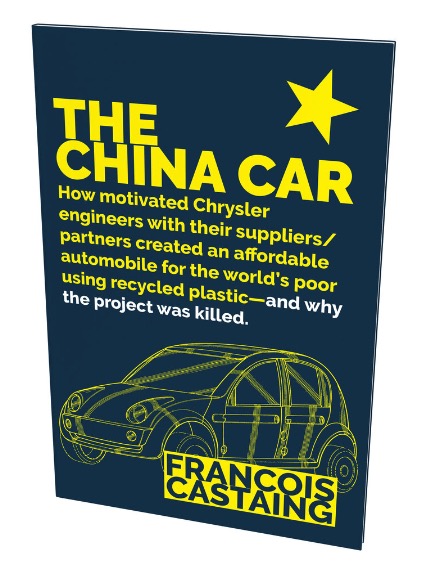

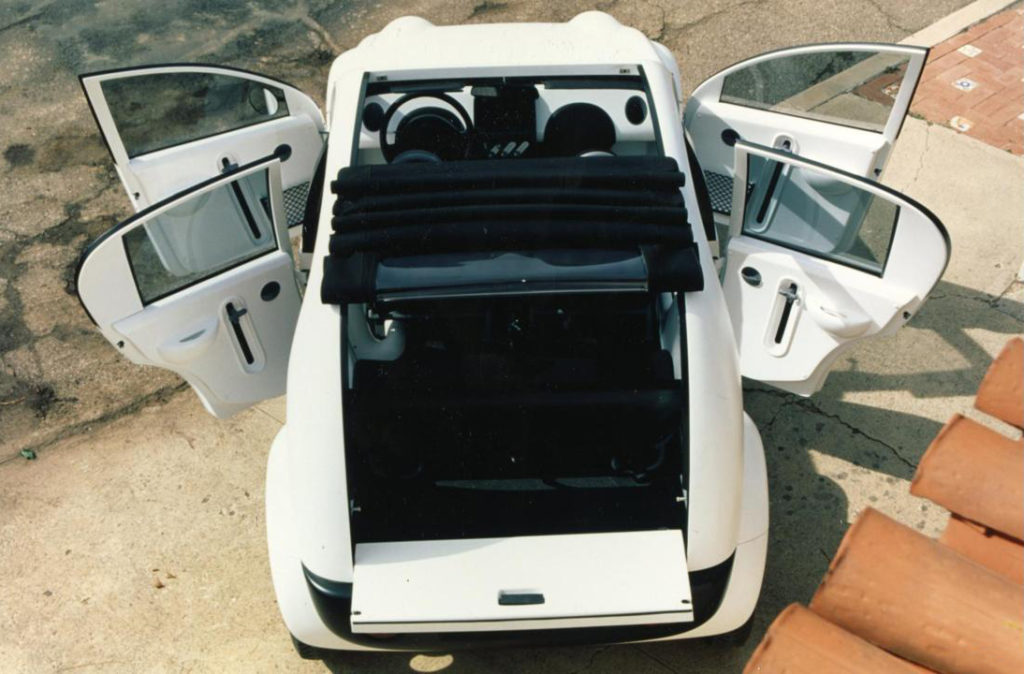
Fortunately Citroënvie member David Maclean was the person from who Chrysler bought the 2CV and he has provided a full history about the car prior to it being shipped to them. (We we have written about the CCV a few times in Citroënvie. See the links at the bottom of this article).
David writes:
I first saw it at a small Citroën rendezvous on the Cape in 1978. A few cars showed up including this red rusty 2CV which was owned by a young girl in Yarmouth, MA. She came with her then boyfriend to the meet.
It had the original sales slip from the dealer when I got it. Car was originally purchased in France new by a priest who brought to the US. It was purchased by an older couple in 1962 for $295 at Sears Auto Sales in East Sandwich, MA.
The couple drove it around the Cape Cod, MA area and a young girl, who was their neighbour, learned to drive it and got her license with it. They later gave it to her and she drove it locally until it stopped running.
I lost track of the car after that Rendezvous until a friend, who was having his Saab repaired at an independent Saab garage in Yarmouth, told me there was an old rusty 2CV in the back of the shop.
The owner of the shop later became my SAAB mechanic and said his former girlfriend left it there since it was no longer running. She was going off to college and wanted to sell it for whatever she could get for it. I paid $100 for it in 1986.
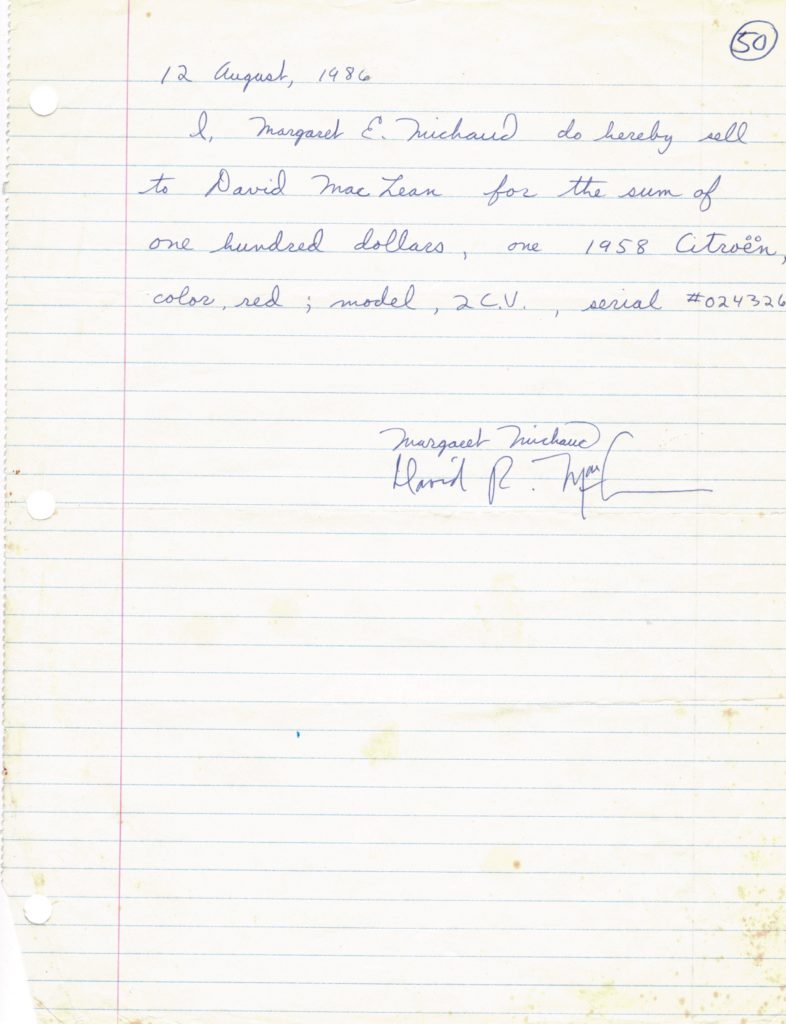
I towed it home & made arrangements for Bill’s Service in Braintree to get it running. They were a Citroën repair facility at the time & Norman Vachon was the lead mechanic. I towed the car up there and left it for a period of time so he could work on it as time permitted.
I finally got to drive it home (a long, slow ride on back roads with a few hiccups along the way). Some time later I brought it to a friend’s garage (Cape Cod Foreign Car & Cycle) to begin taking it apart with the help of Lance Hellman & Michaela who was about 7 or 8 years old at the time.
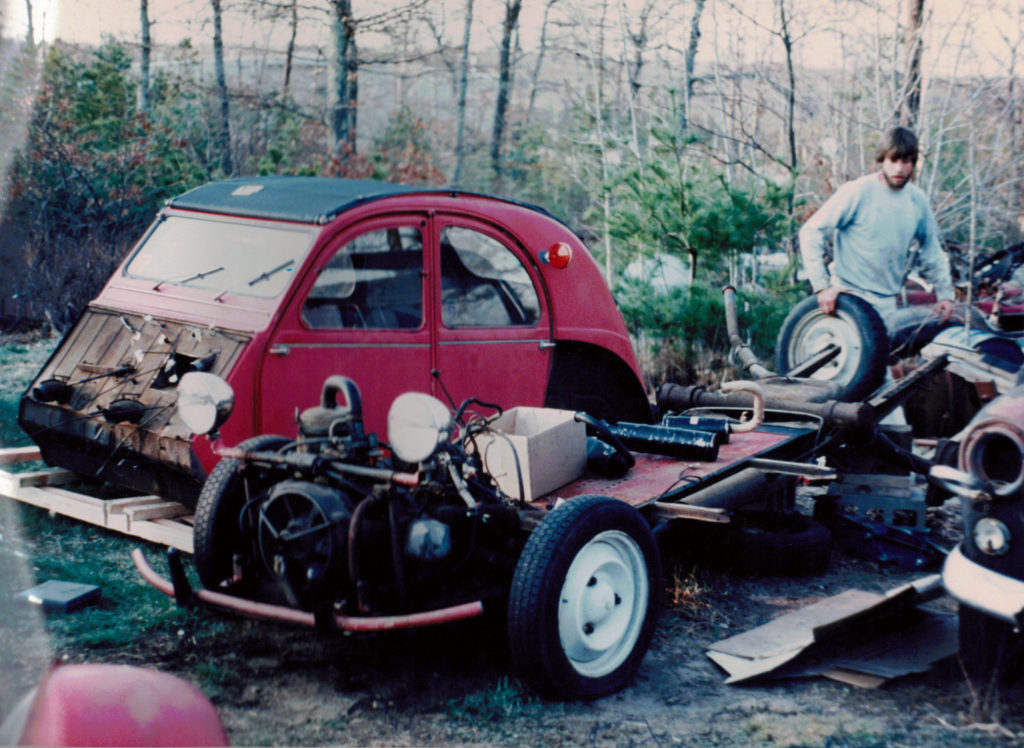
Then I had Dave Burnham pick up all the pieces & parts in his trailer and transport them to his shop in NY for a full restoration.
Everything was attended to — complete engine rebuild, new floors and any other rusted areas needed to be replaced, interior, top, tires, etc. I think that was a year or two project. Dave documented the entire process with photos.
[Ed note: We checked with Dave and he recalls that the 2CV was one of the first Citroën projects he worked on. Much of it was done in his parents garage! Dave took the following photos.]
It was painted a beautiful light gray with burgundy wheels, a red interior and a gray top. It was stunning and drove beautifully. And it won 1st place in the A Series category at the Citroën Quarterly Rendezvous in 1988.
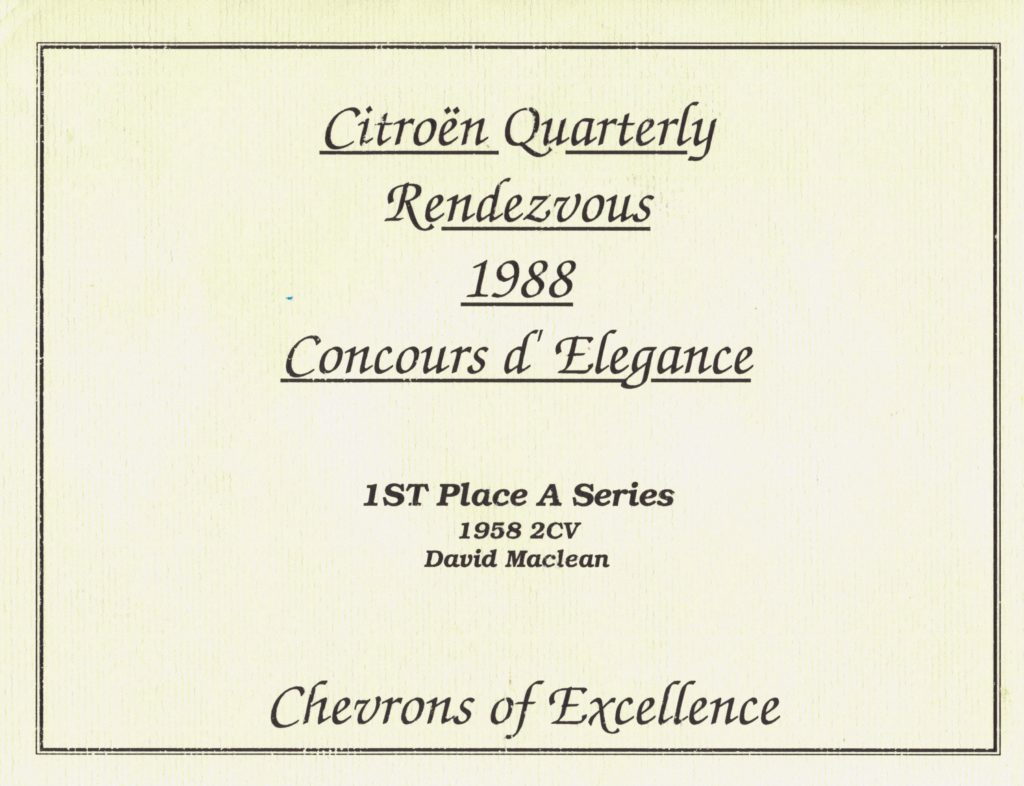
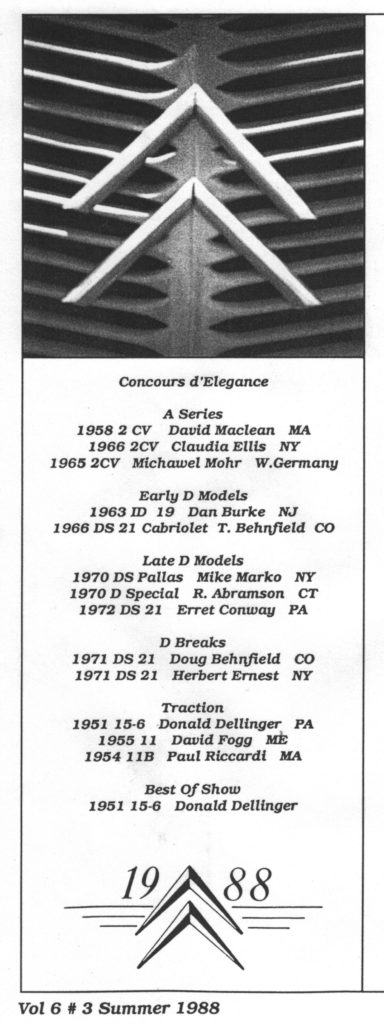
The car was the centerpiece at the Amsterdam Gallerie in Bristol, RI for an entire summer beginning with a Bastille Day celebration. The Owner was Dutch. Her husband took great pictures of it in the place.
This one ended up on the back cover of Citroen Quarterly.
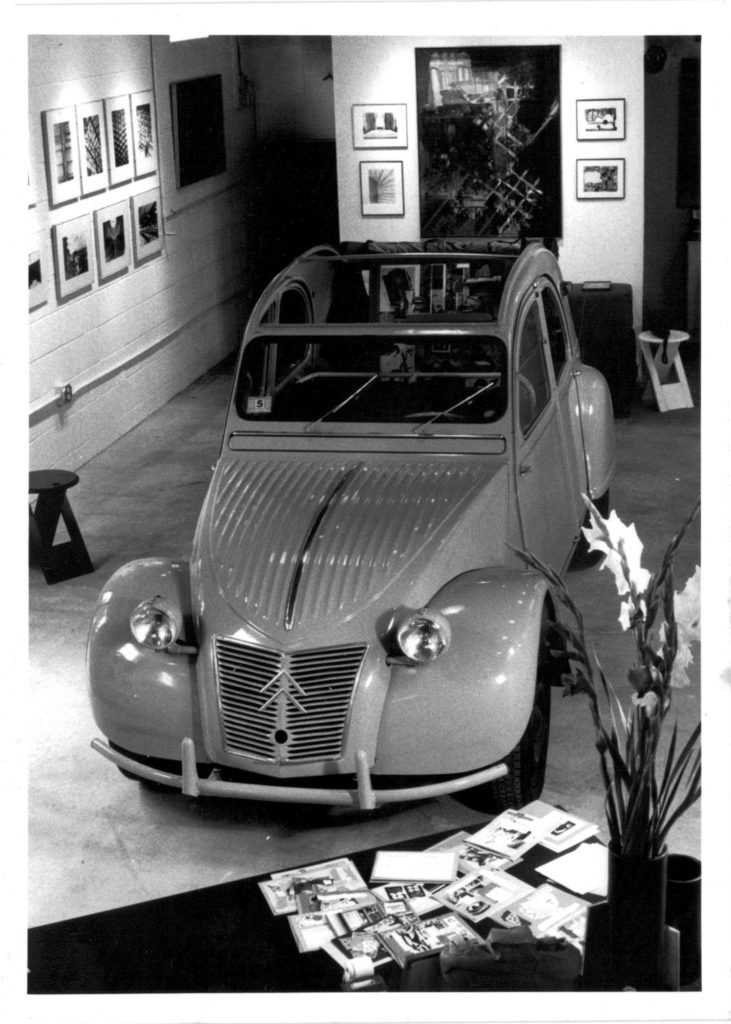

It was a slow, comfortable ride from Cape Cod to Bristol since top speed was about 55 mph downhill. The car was pretty comfortable at 45 mph down the highway. To get it in the gallery we had to drive down a very narrow alley between two buildings and have a group of people lift the car up and rotate it 90 degrees to get it in the double doors of the gallery. It was a big hit!
I drove it back after the exhibit to the Cape, drove around town and in the neighbourhoods for the next few years. It was stored in my large garage with all my other cars. When I moved to St. Louis in 1990 I had it transported in a moving van to meet me.
I developed a minor engine issue and I removed the engine myself following the Haynes manual to a tee, got the needed part and had a local foreign car shop fix it. I reinstalled the engine (which was surprisingly easy to move around) and everything went smoothly as planned.
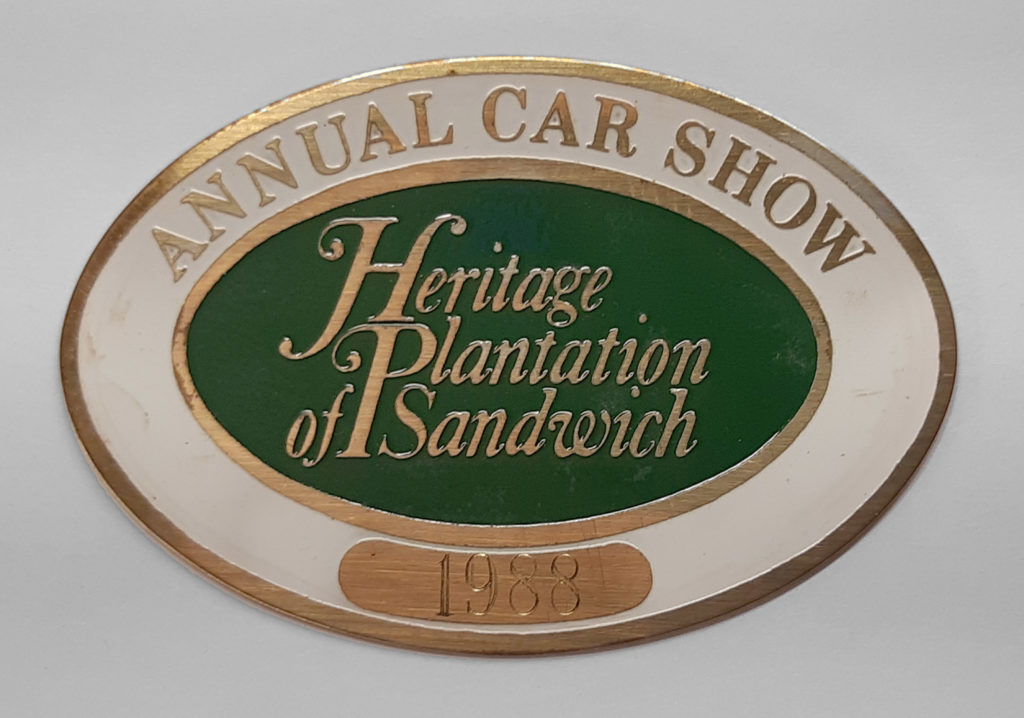
Drove it around the neighbourhoods out there on good days and then decided it was time to sell. David Allen brokered it and called me one day to say he had a buyer — Chrysler Corporation. Seems that François Castaing moved from Renault to Chrysler when they purchased AMC, Jeep and Renault in 1990.
They wanted to negotiate and I said there would be no negotiation. It was $10,000 firm. They didn’t hesitate to purchase it. Arrangements were made and the Viper team came to pick it up in a beautiful covered trailer.
They said they were told it was to be outside François Castaing’s office at 2 PM the following Friday without fail. They said he couldn’t wait to get it and thought he must have had one when he was younger because of his insistence to get his hands on it.
I was told by David Allen that they thought about a newer model but decided that the earlier one was a better example based on their research. From what I was told they had just completed a research project in-house to answer the concerns people were having about automobiles becoming to complicated and that the 2CV exemplified automotive simplicity better than any car ever produced.
I was told I would never be able to buy it back and it was not to be disassembled but just studied before they embarked on developing a people’s car for the world-the CCV. It was to be placed in their museum.
When I sold it, it had only 478 kilometers on the original bicycle-like windshield mounted speedometer. I have never heard anything from them or about it since. I would love to know where it is or what happened to it.
A New Book About the 2CV Inspired CCV — The China Car:
https://citroenvie.com/a-new-book-about-the-2cv-inspired-ccv-the-china-car/
The CCV Chrysler Exploration of the 2CV Concept:
https://www.sugarsync.com/pf/D1866000_06300102_950563
More on the CCV:
https://www.sugarsync.com/pf/D1866000_06300102_959013
Ken Nelson on Panhards, Citroëns and the Chrysler CCV:
https://citroenvie.com/ken-nelson-on-panhards-citroens-and-the-chrysler-ccv/
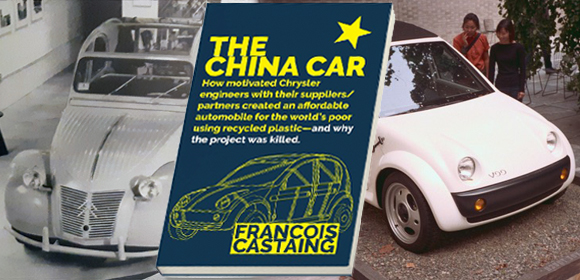

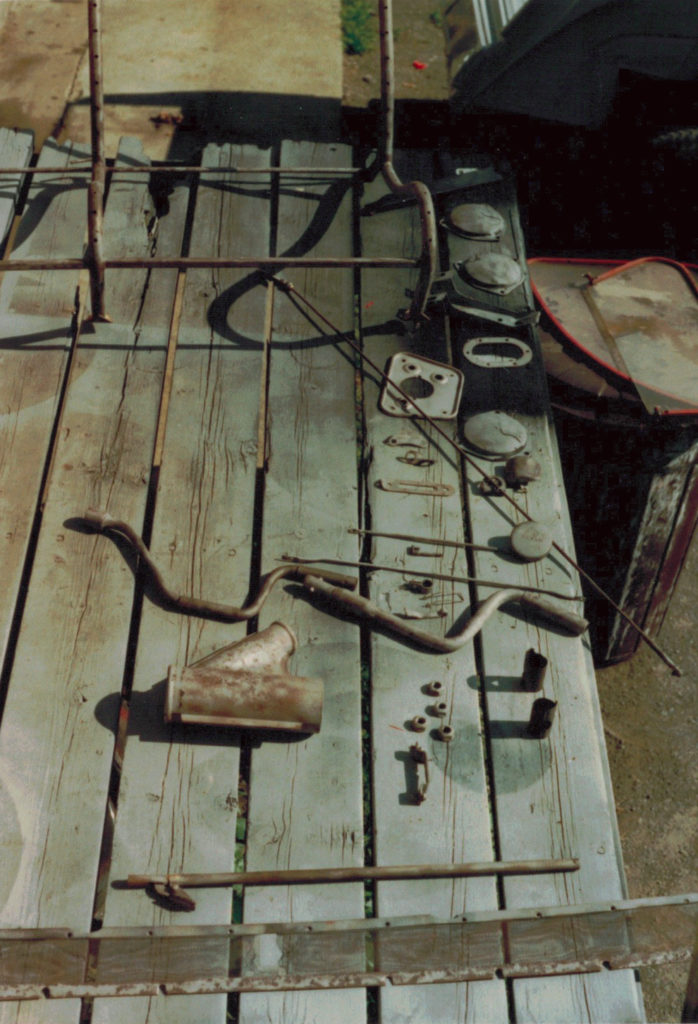
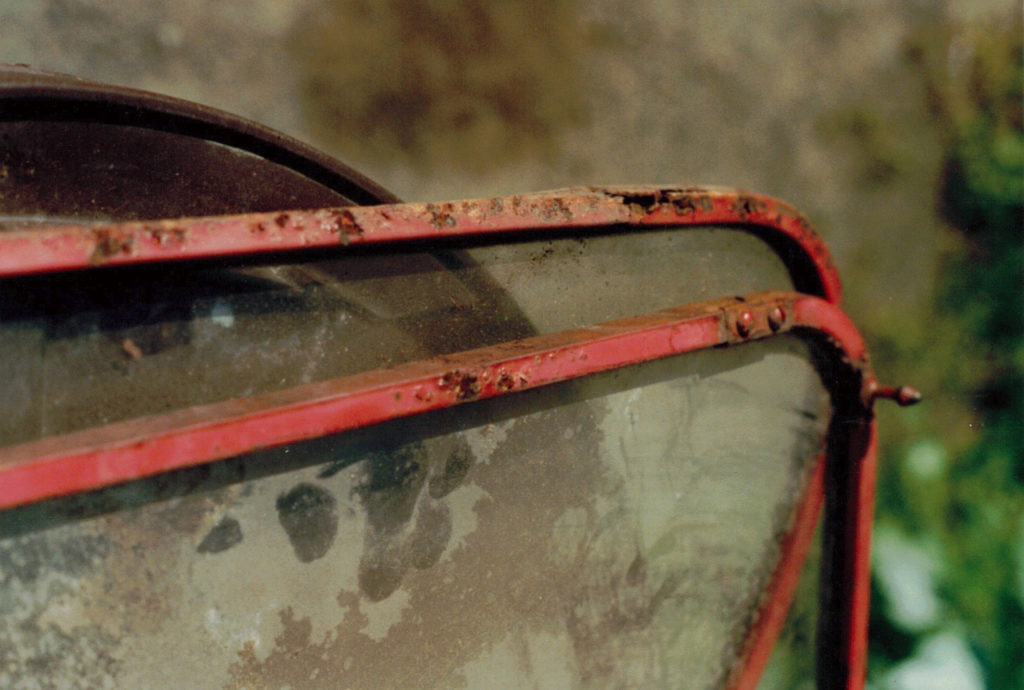



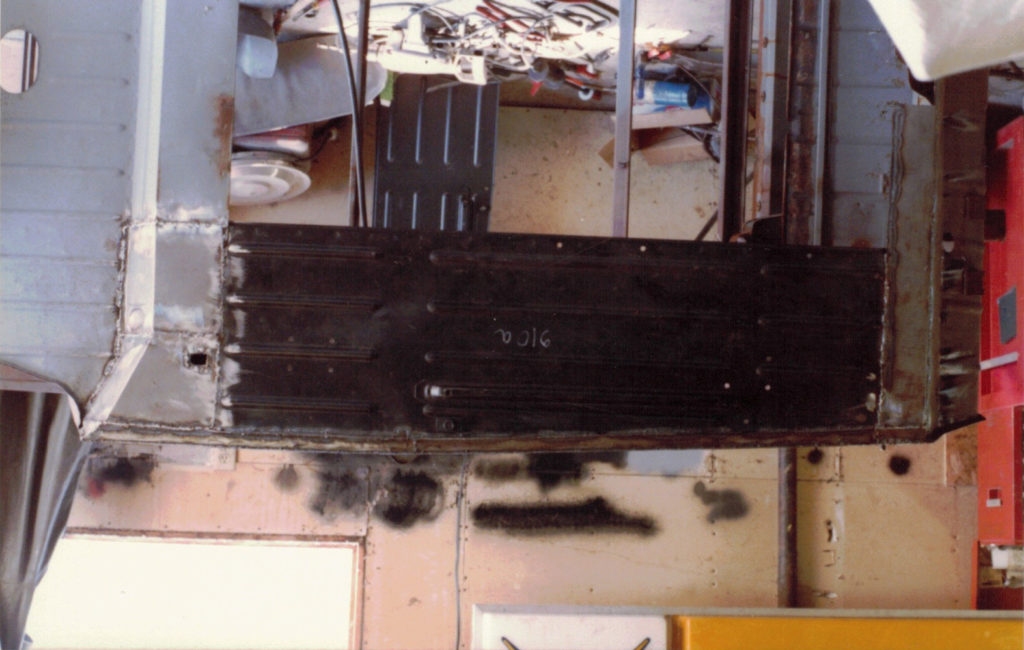
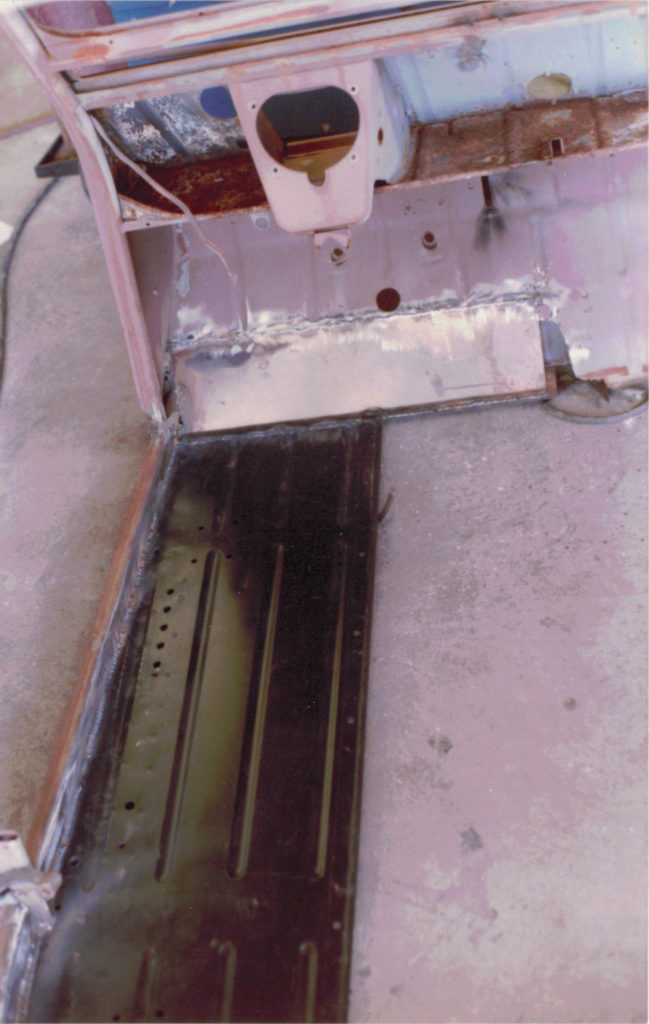

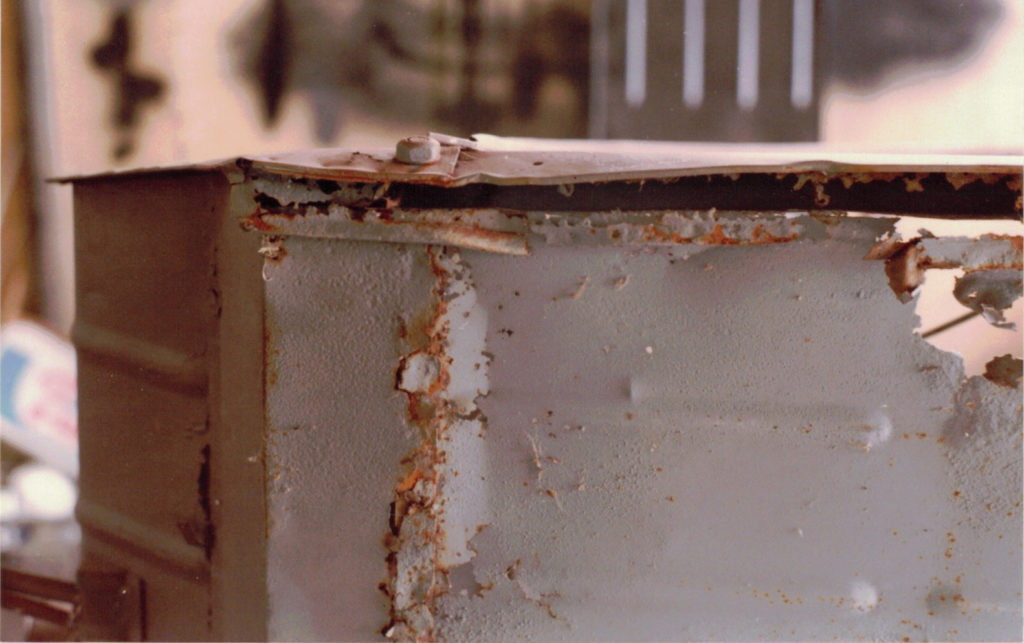
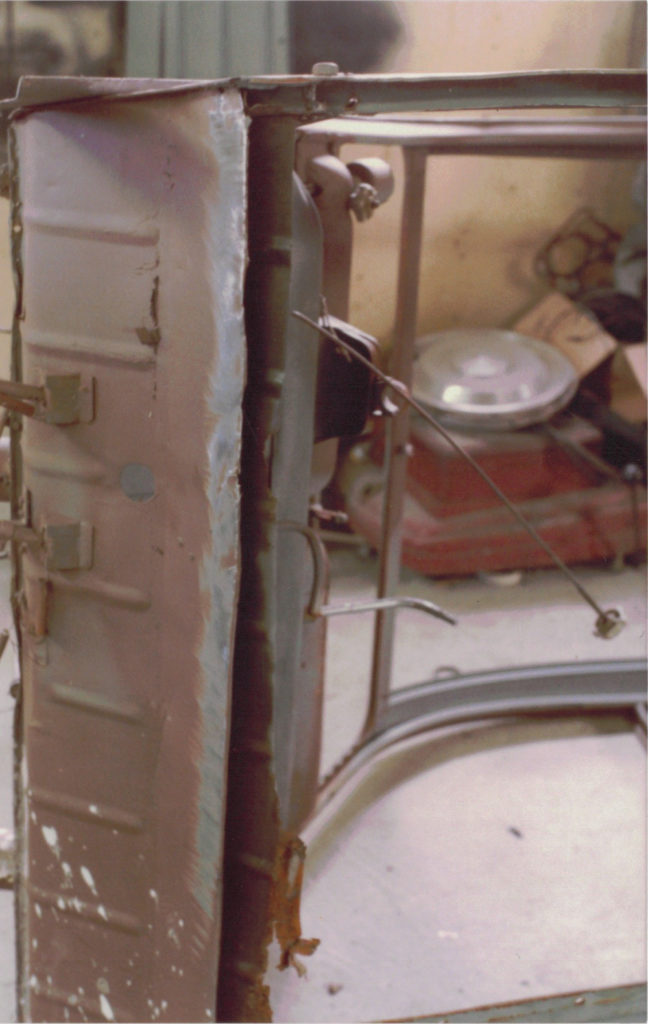
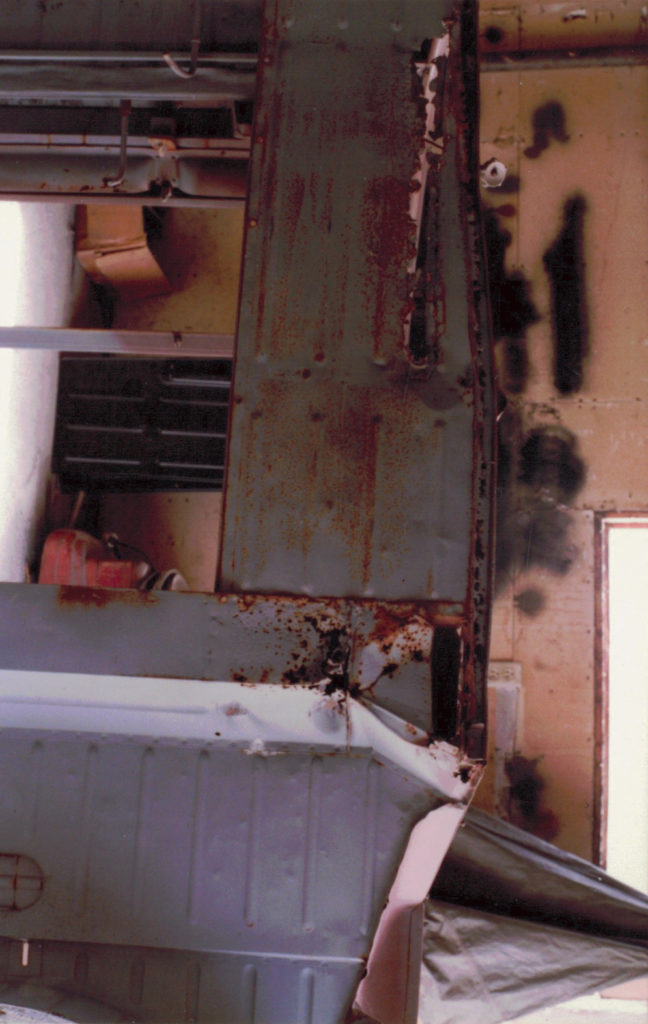
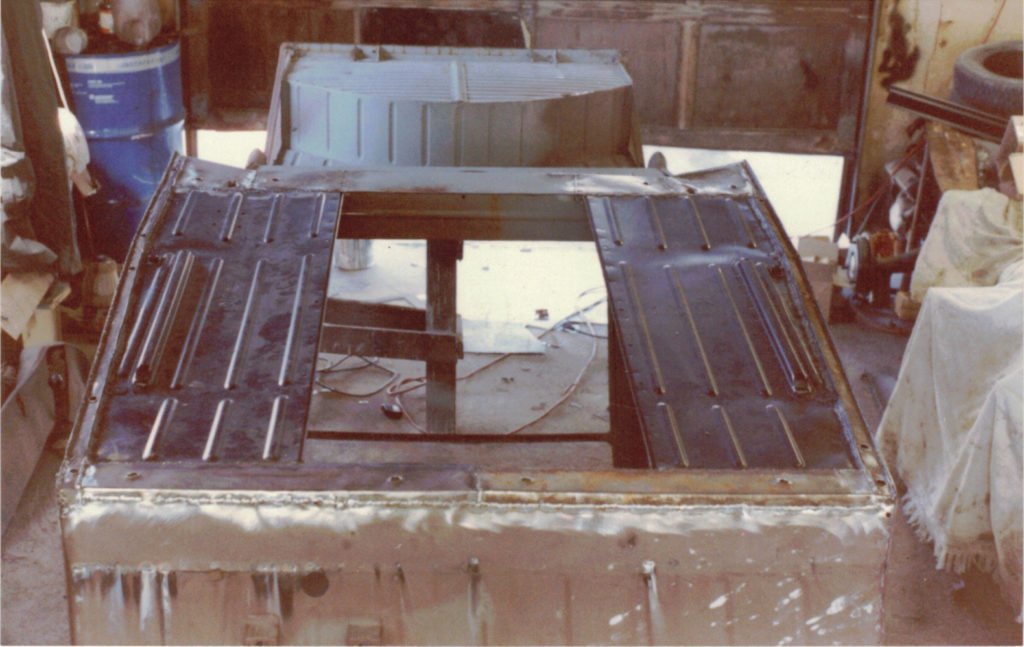
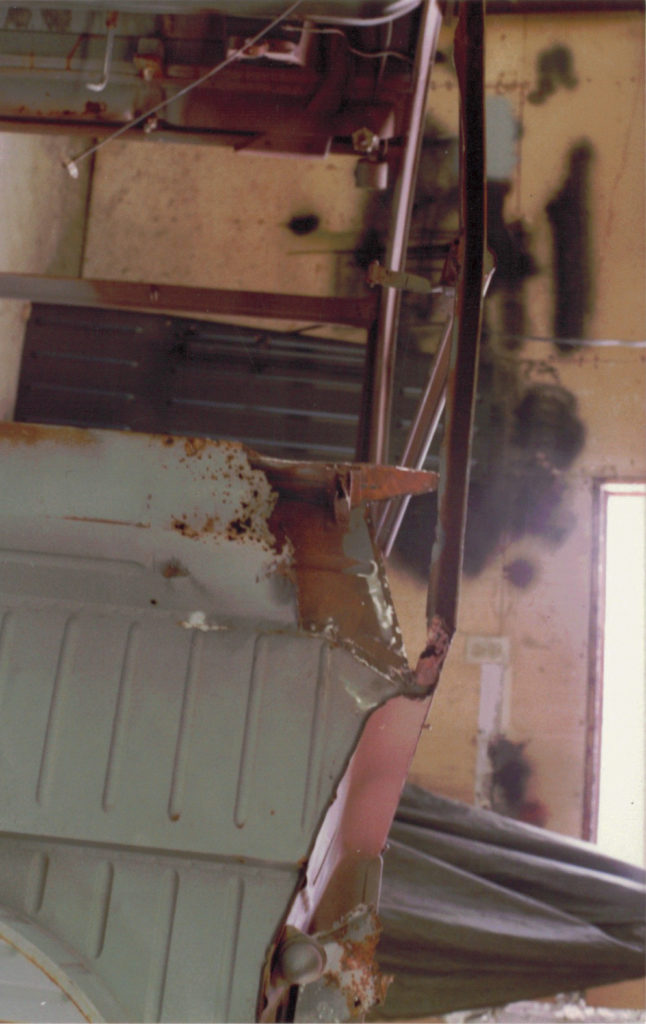
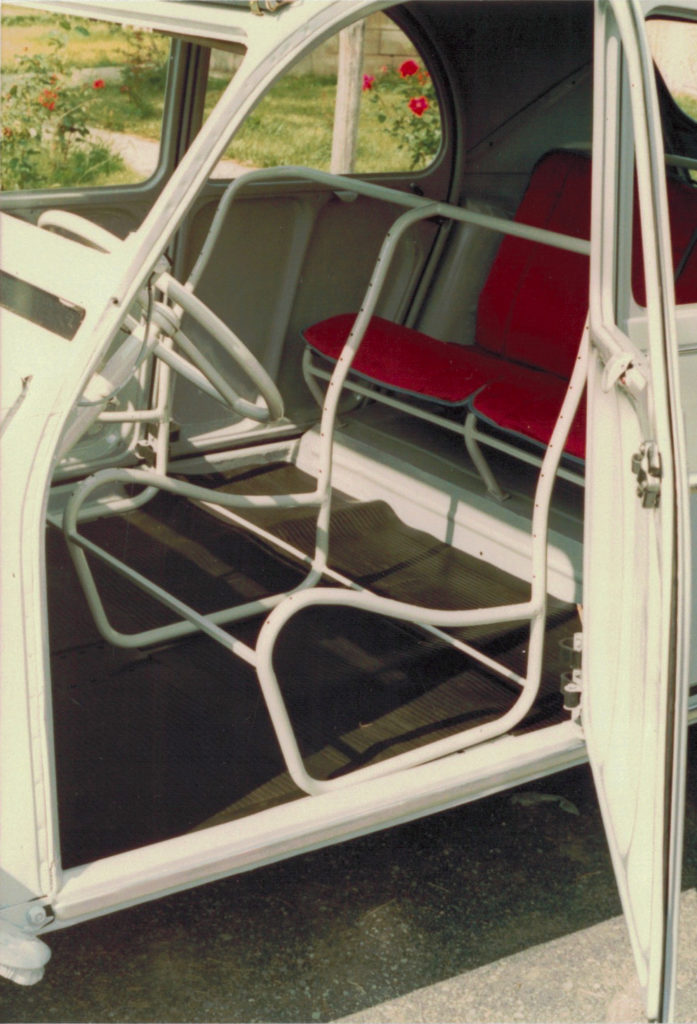
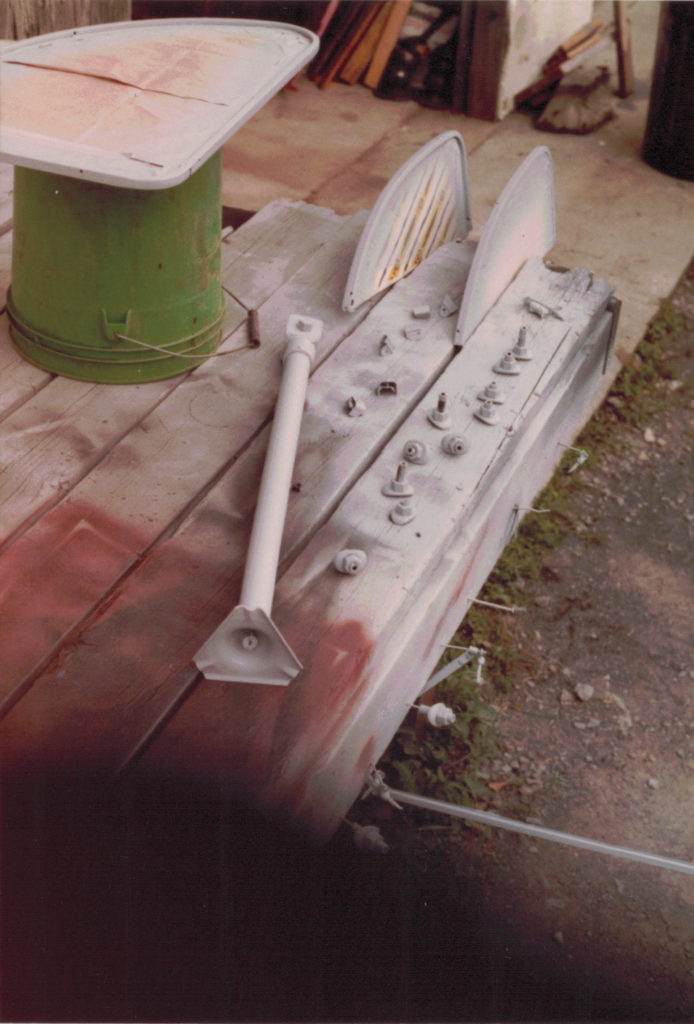
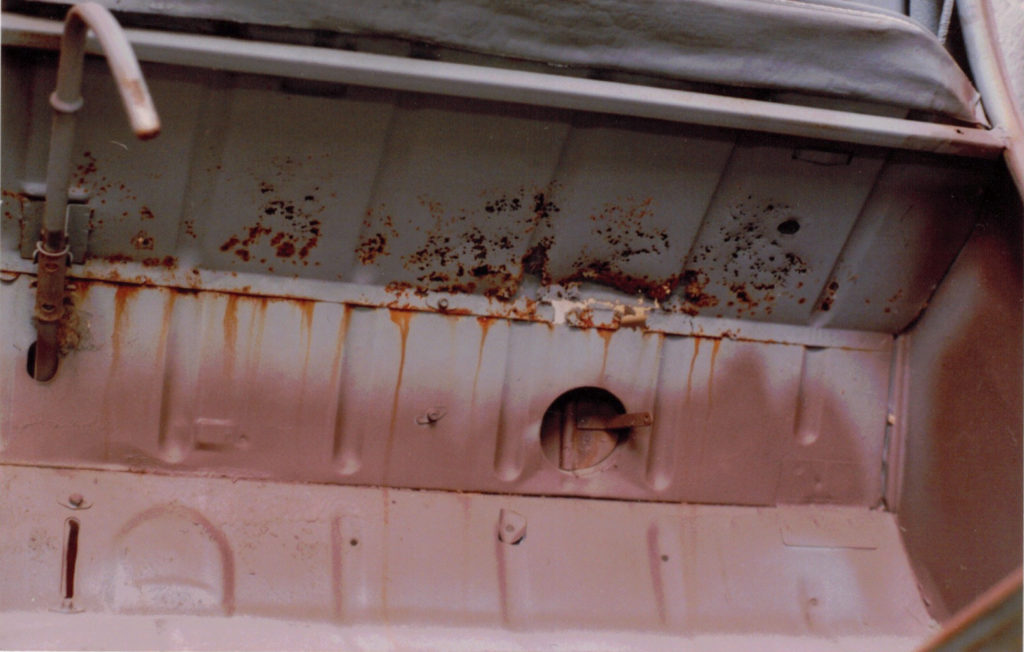
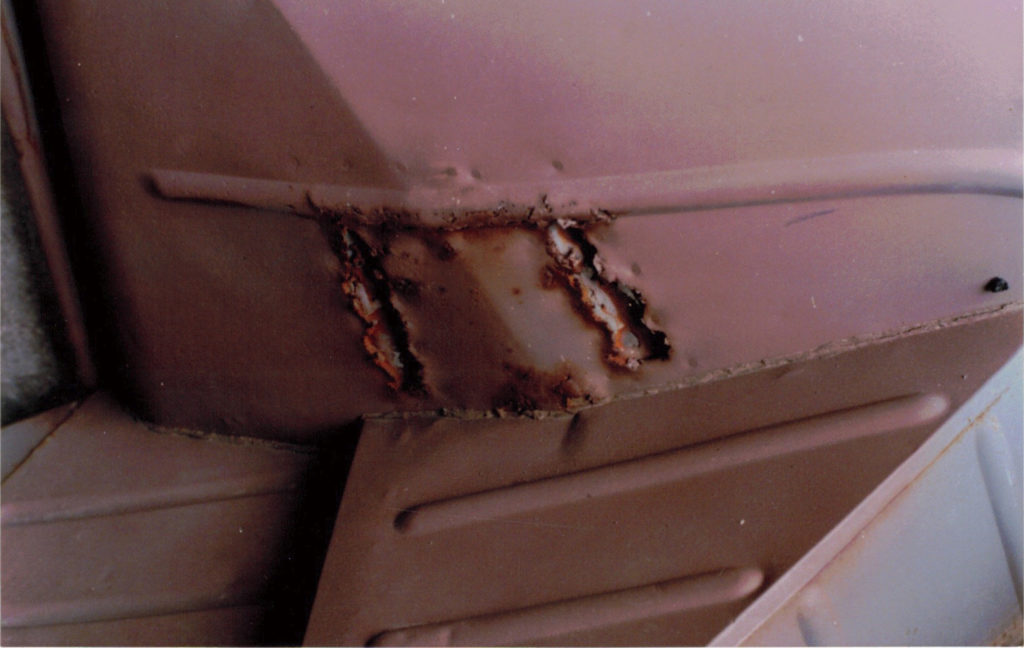
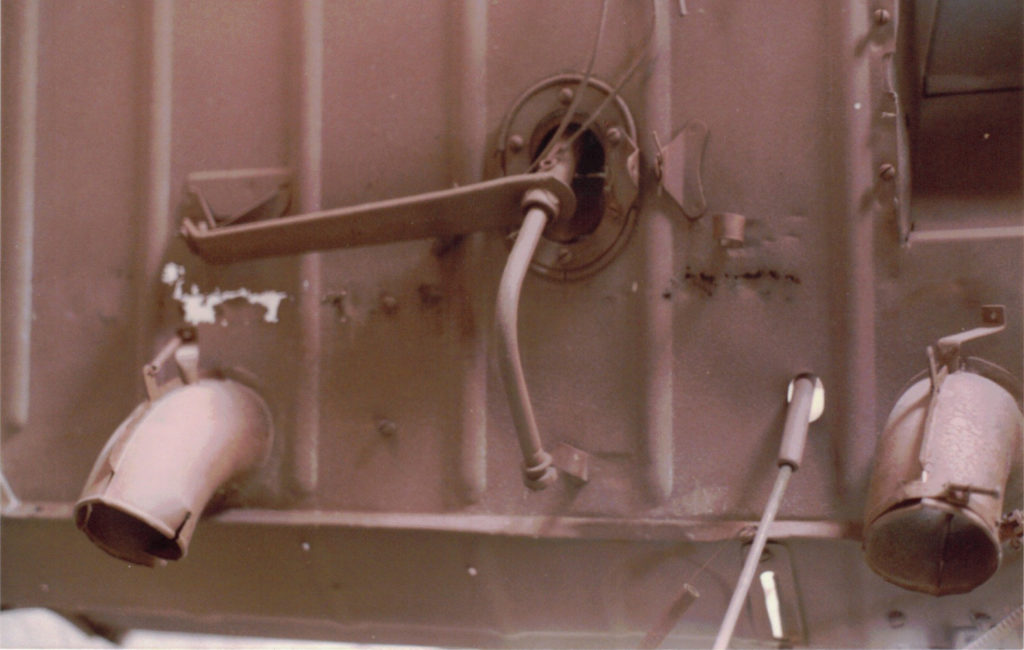
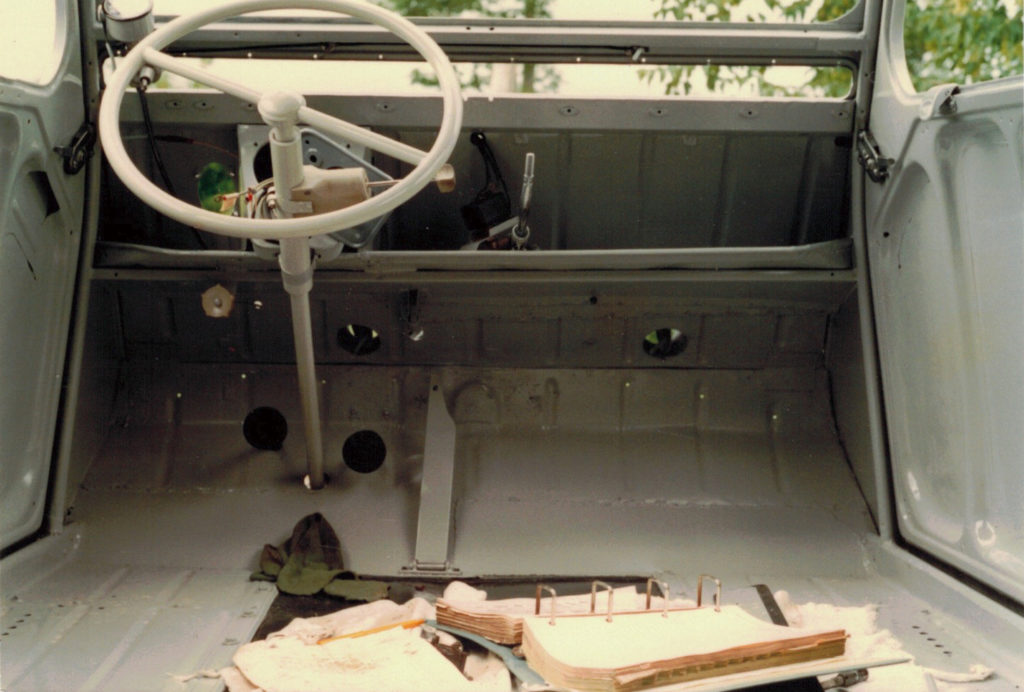
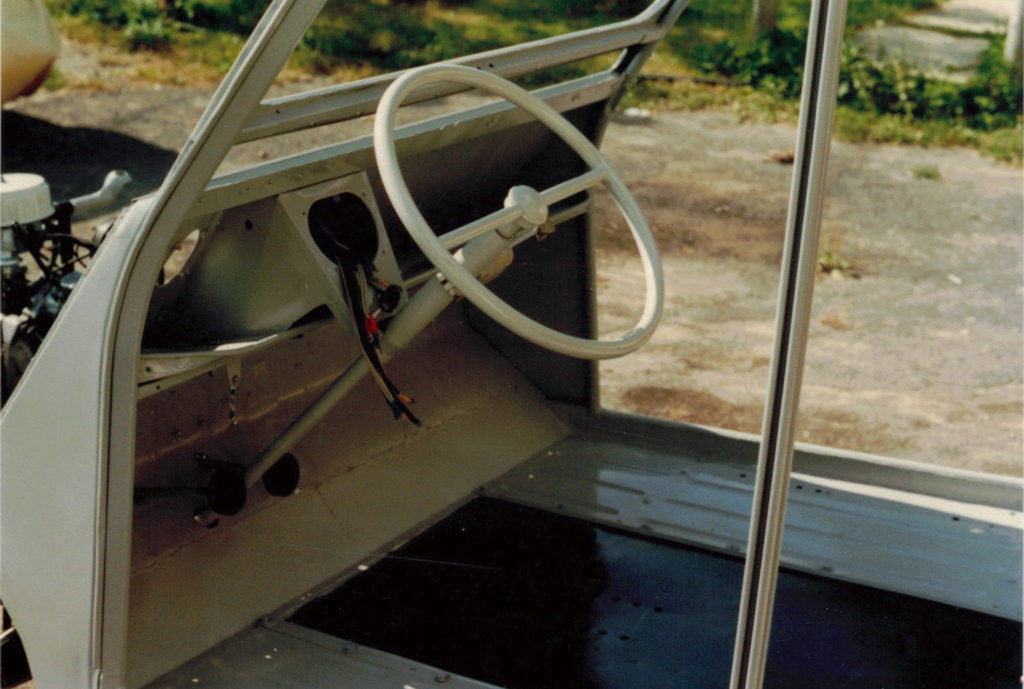

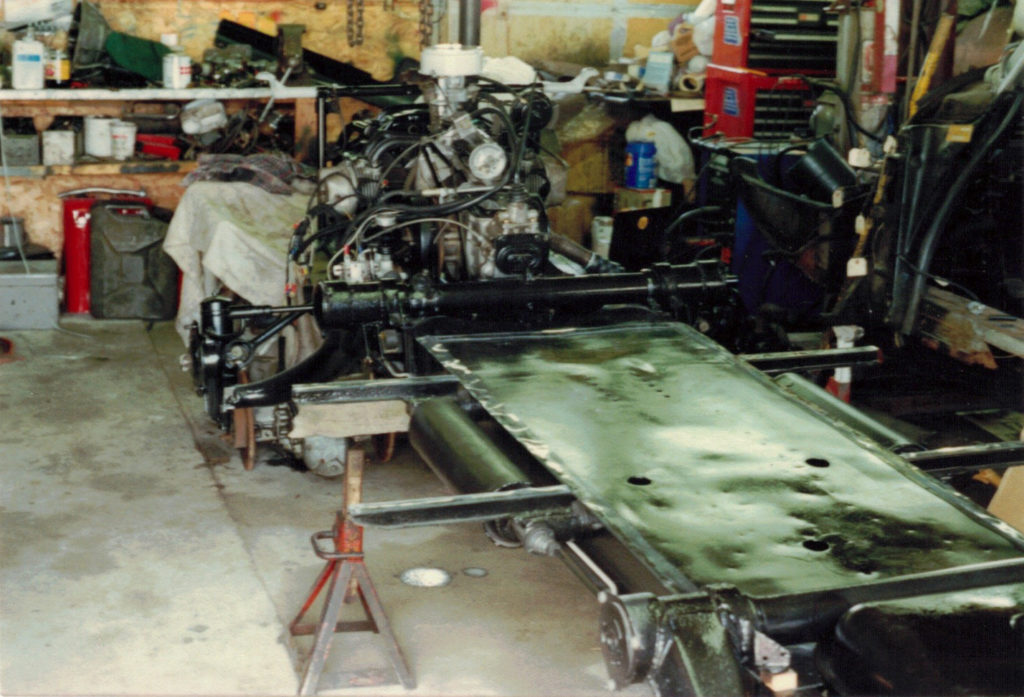


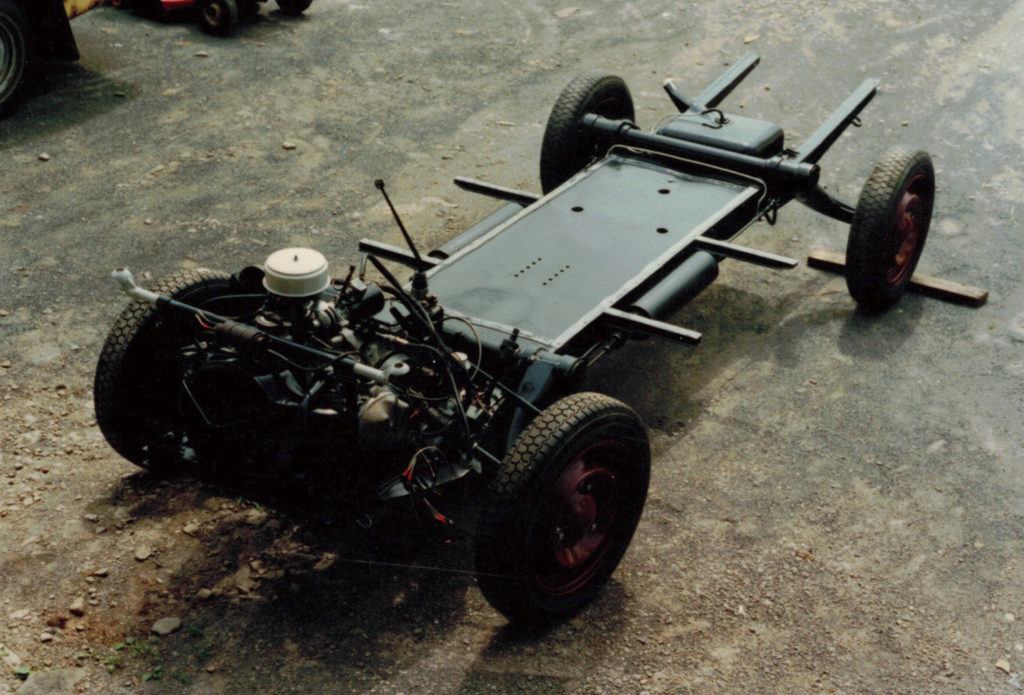
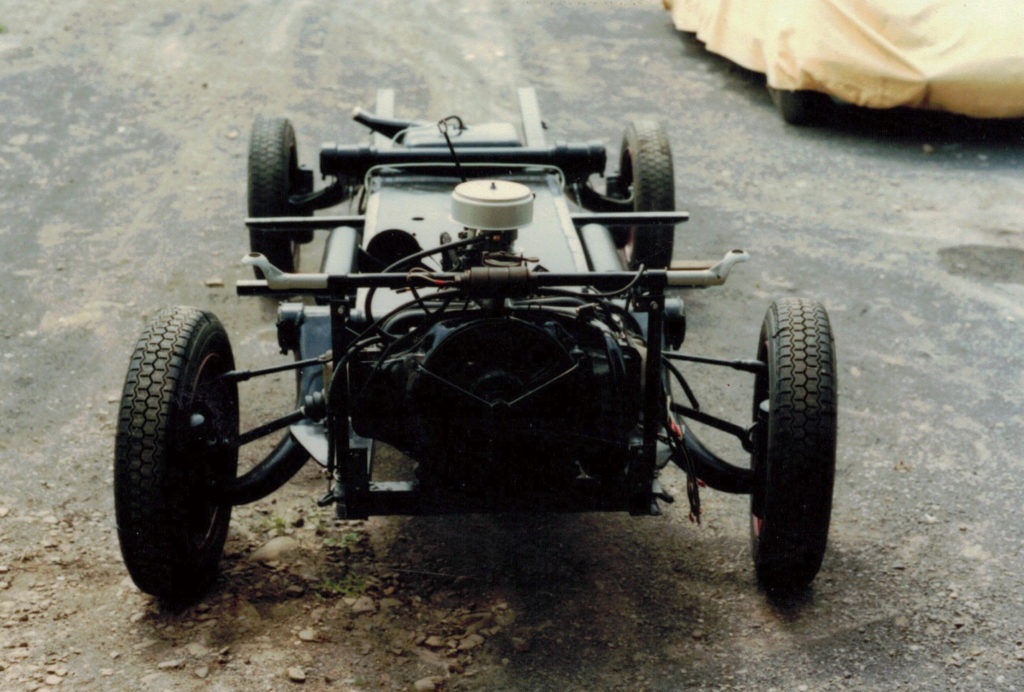
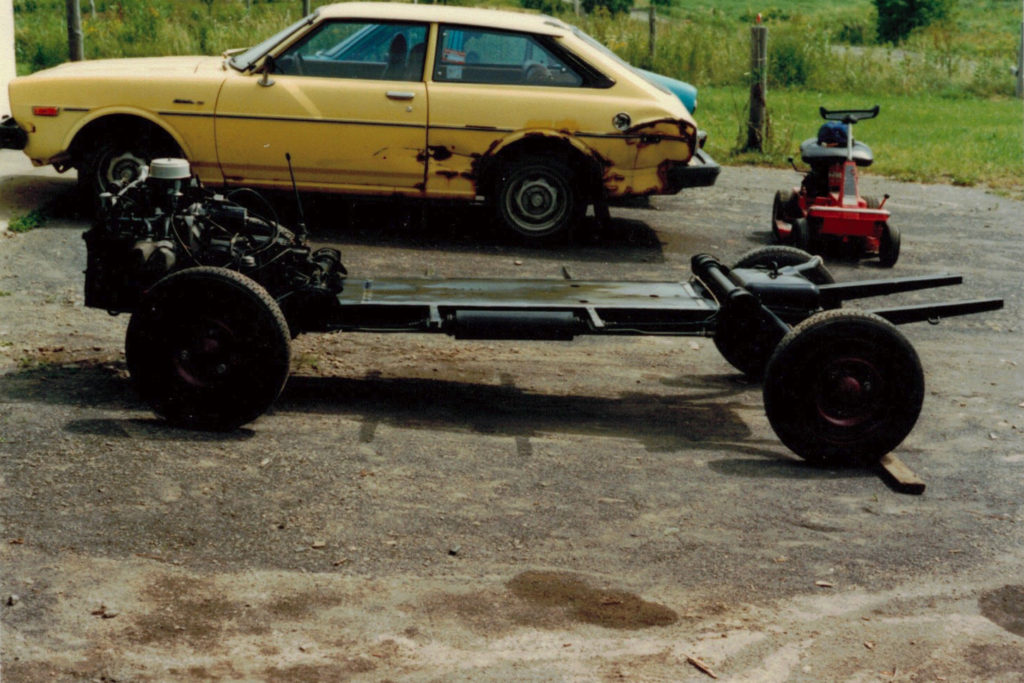


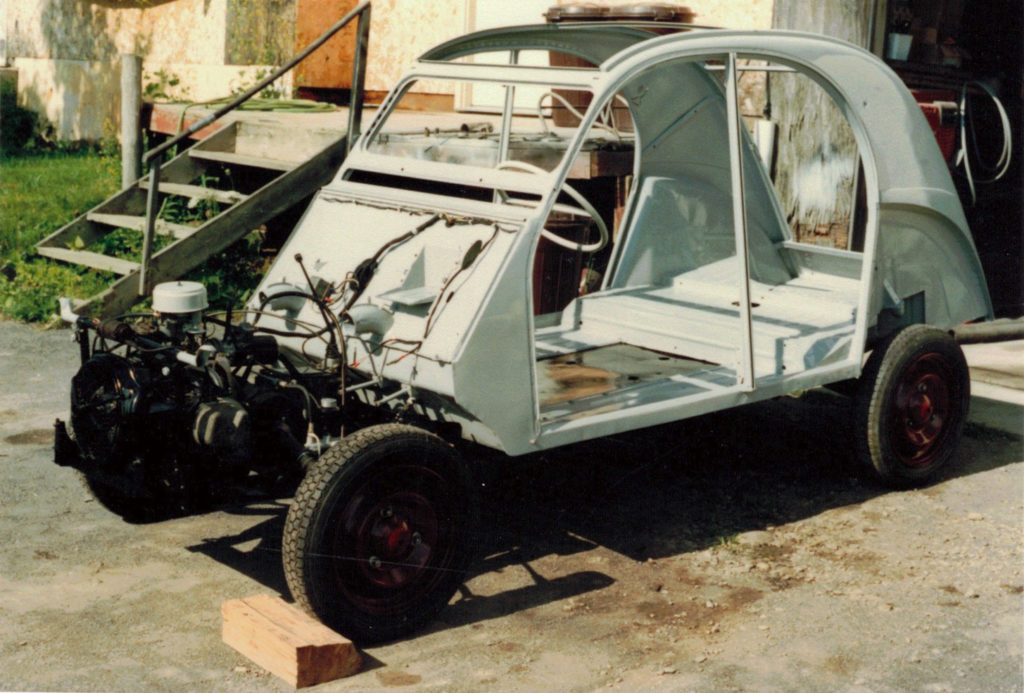
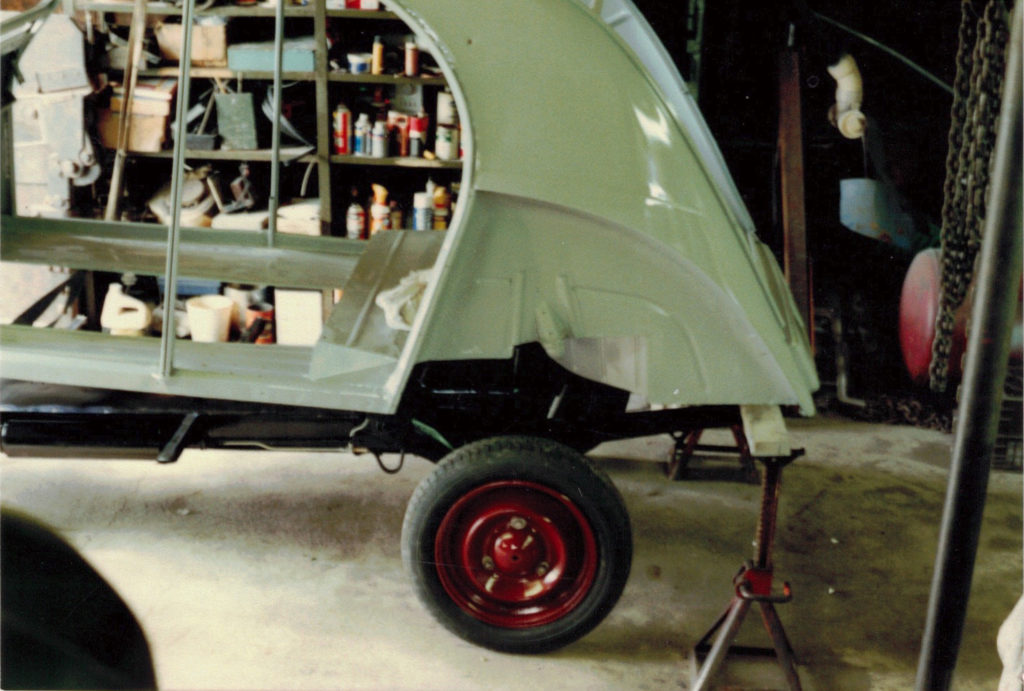
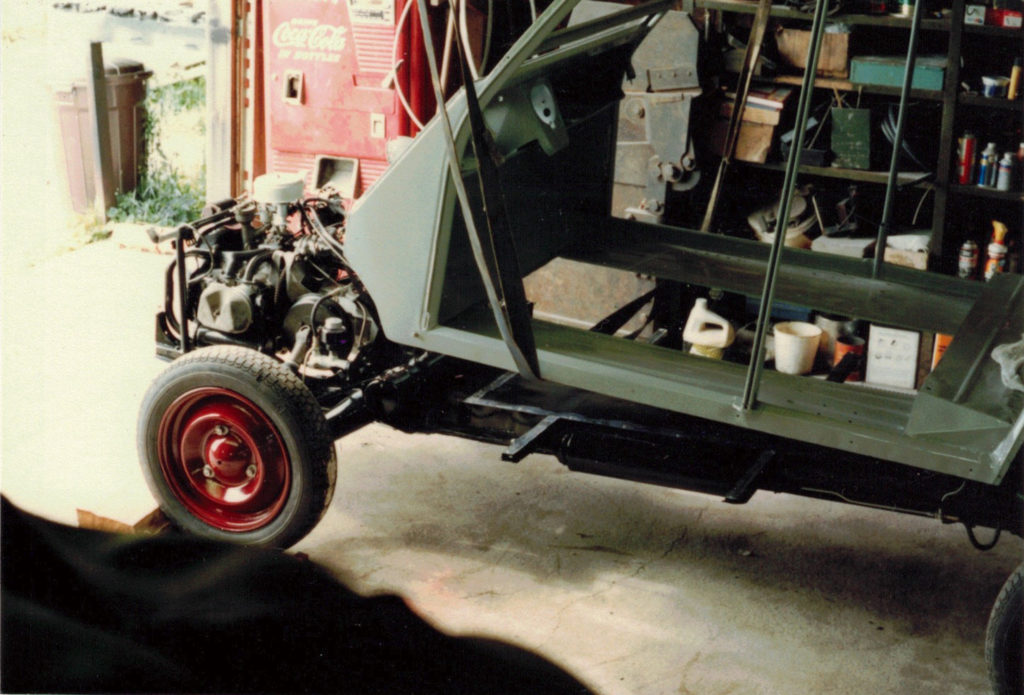
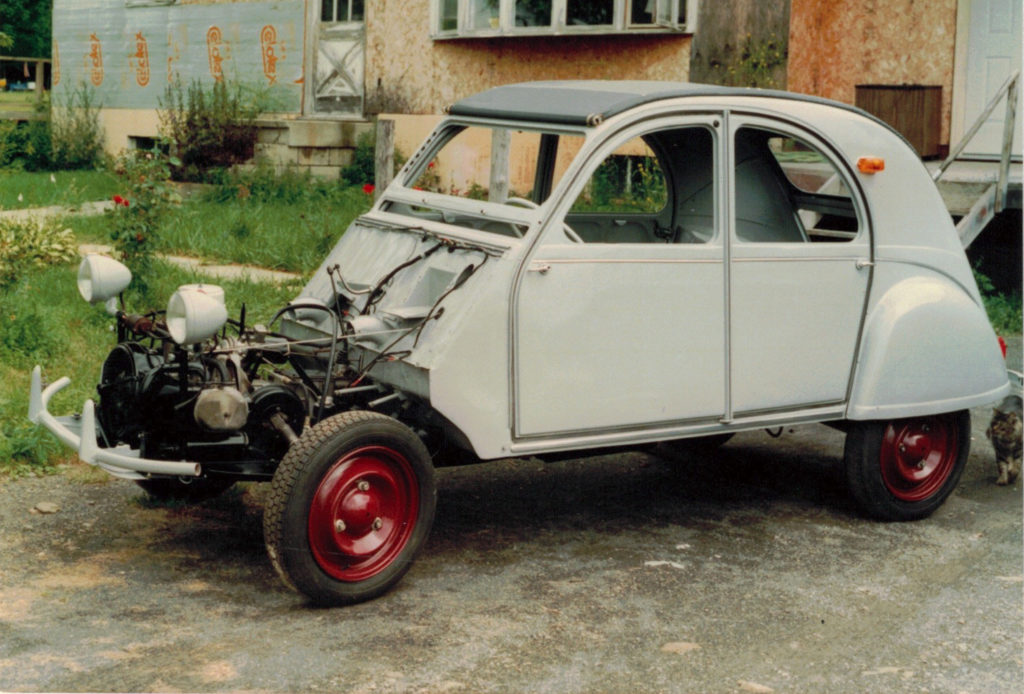

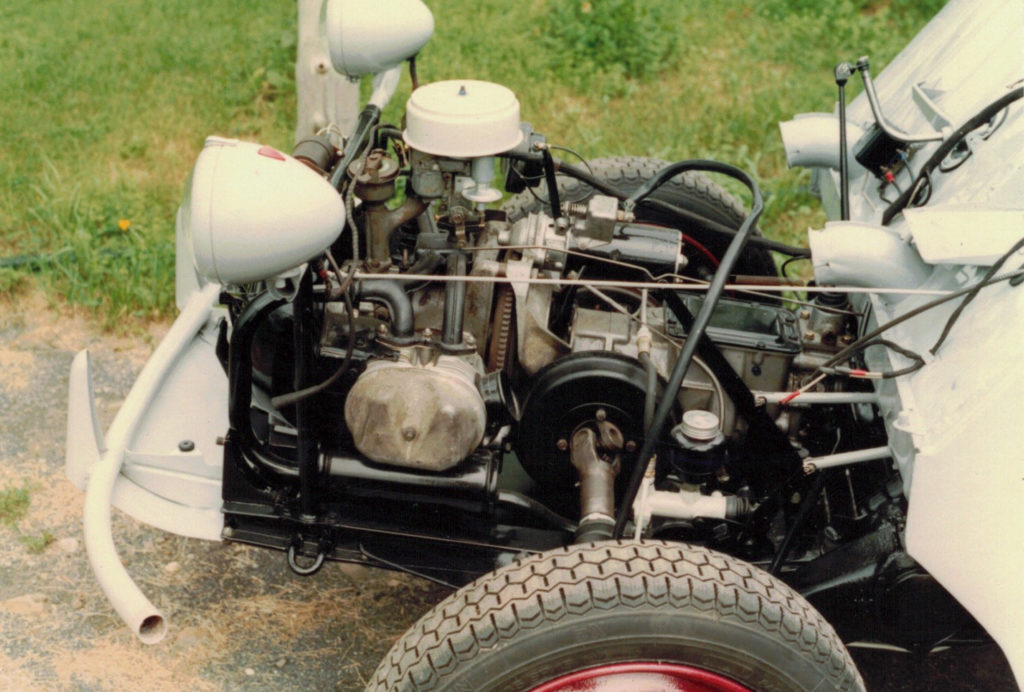

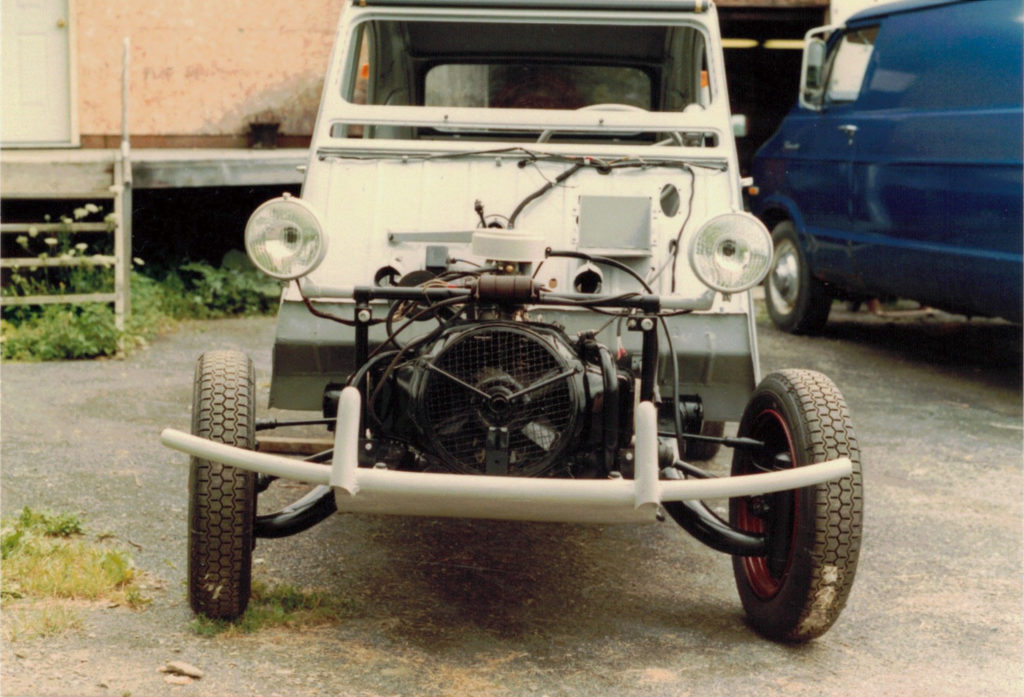
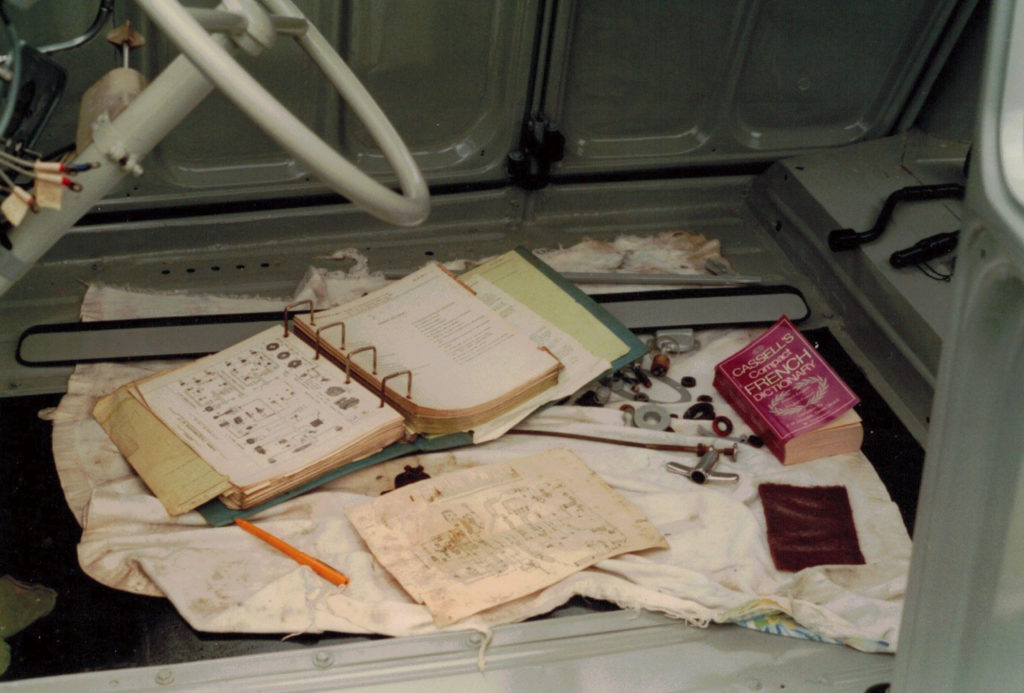
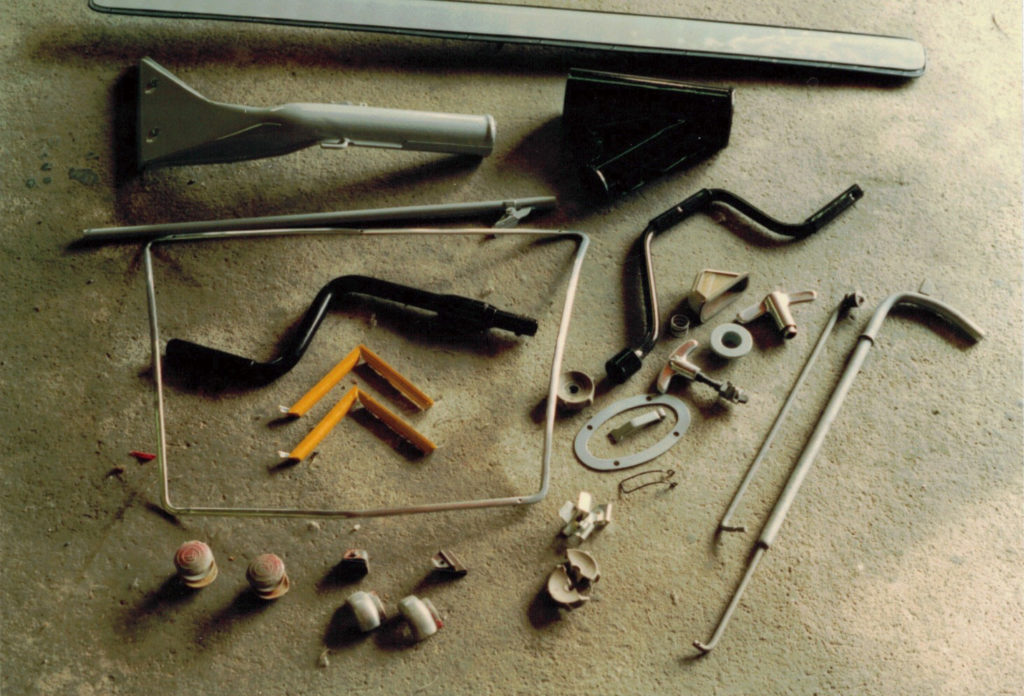
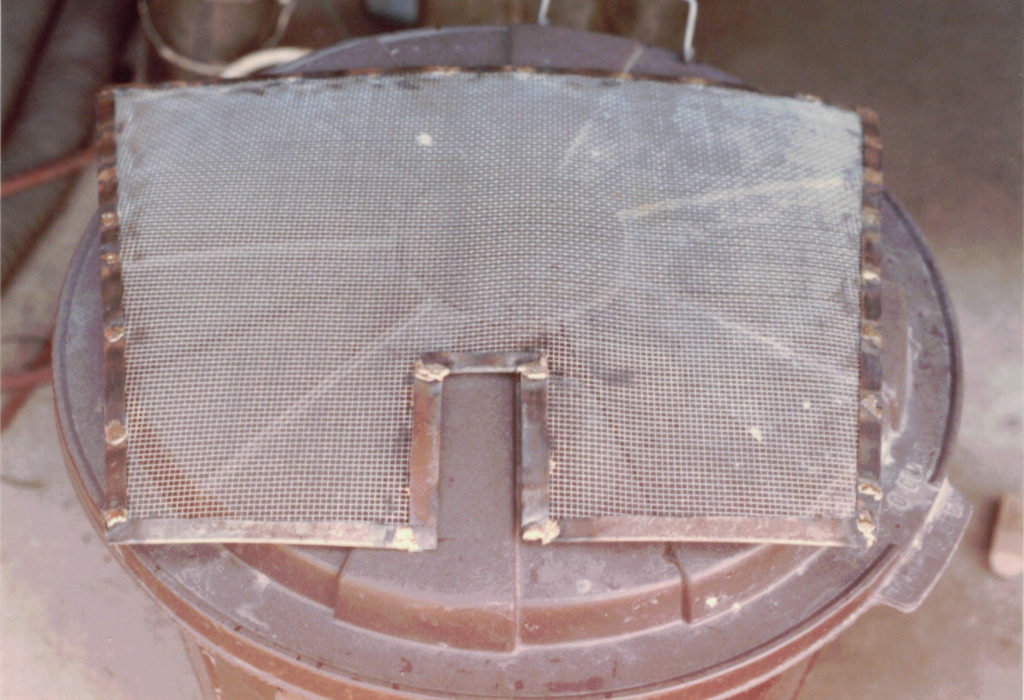

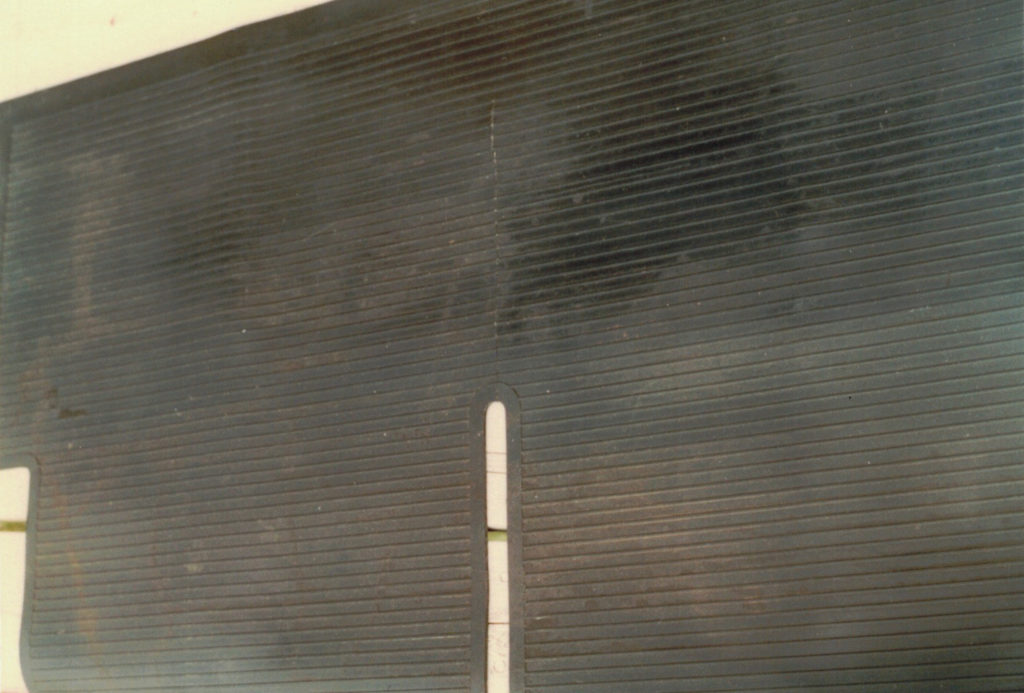
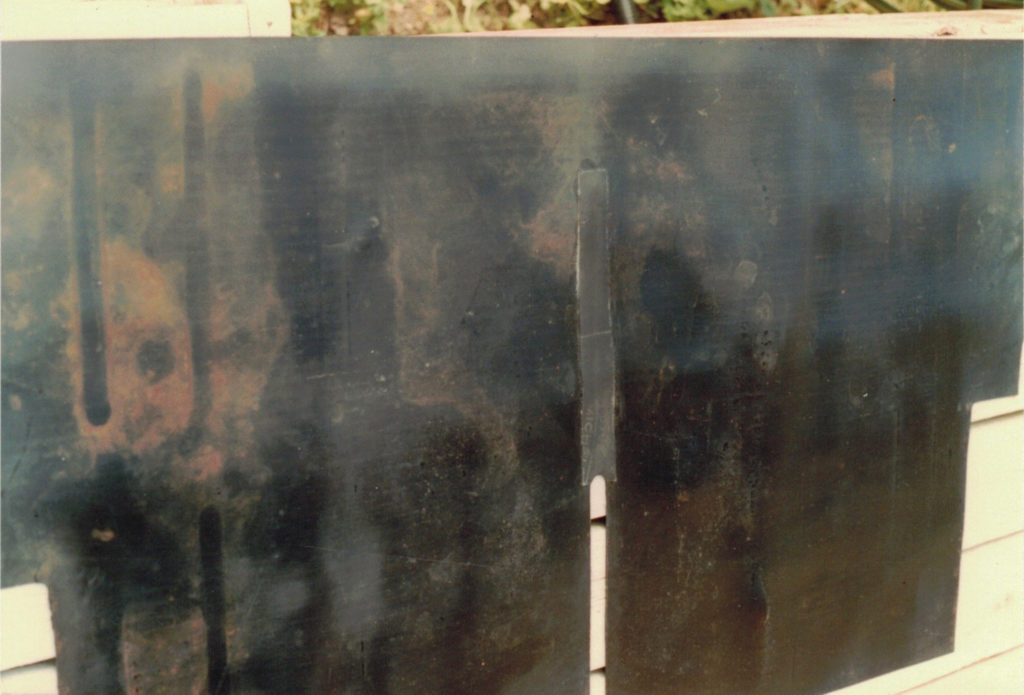
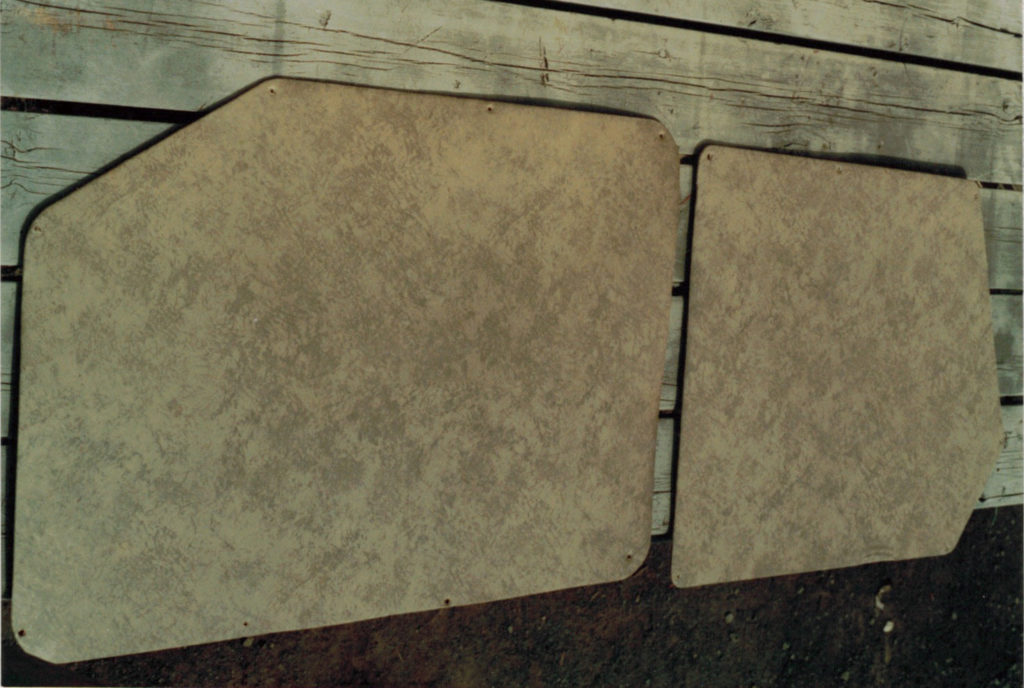
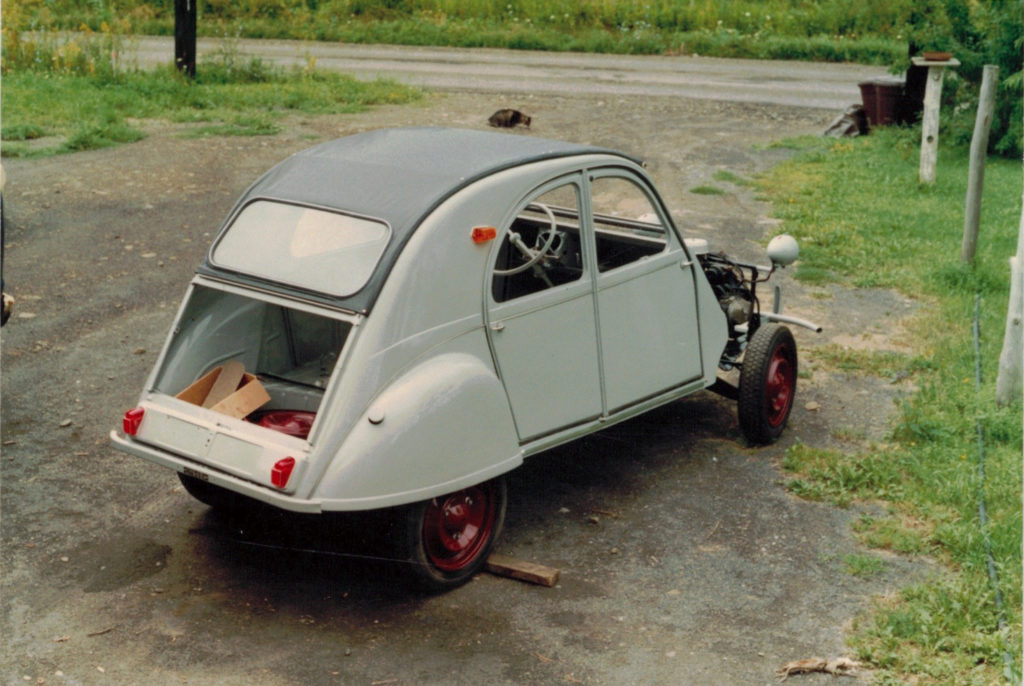

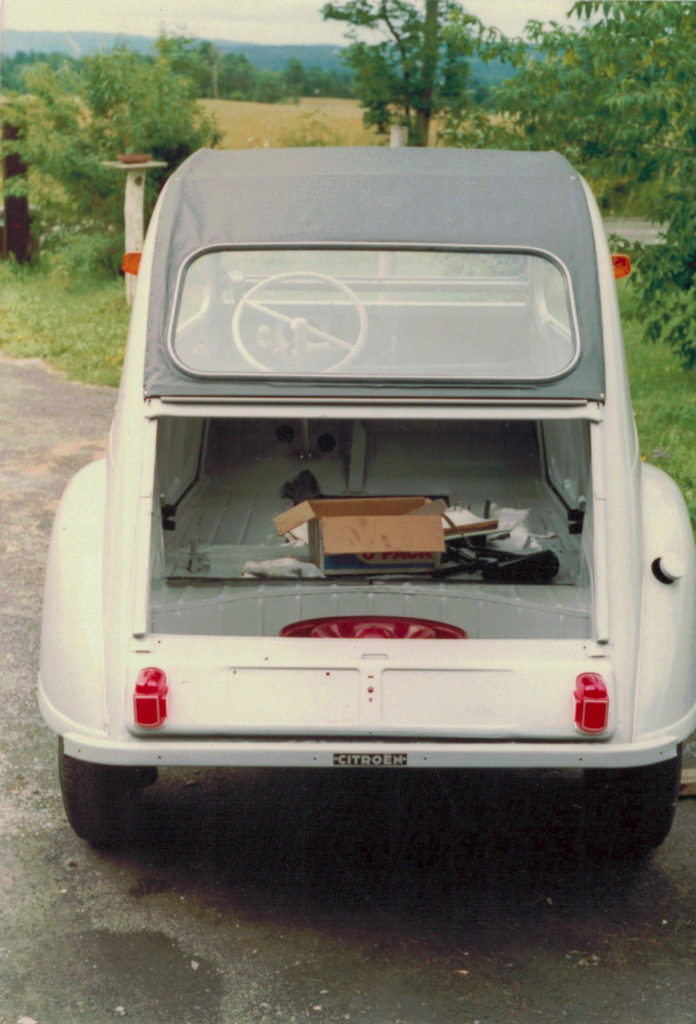

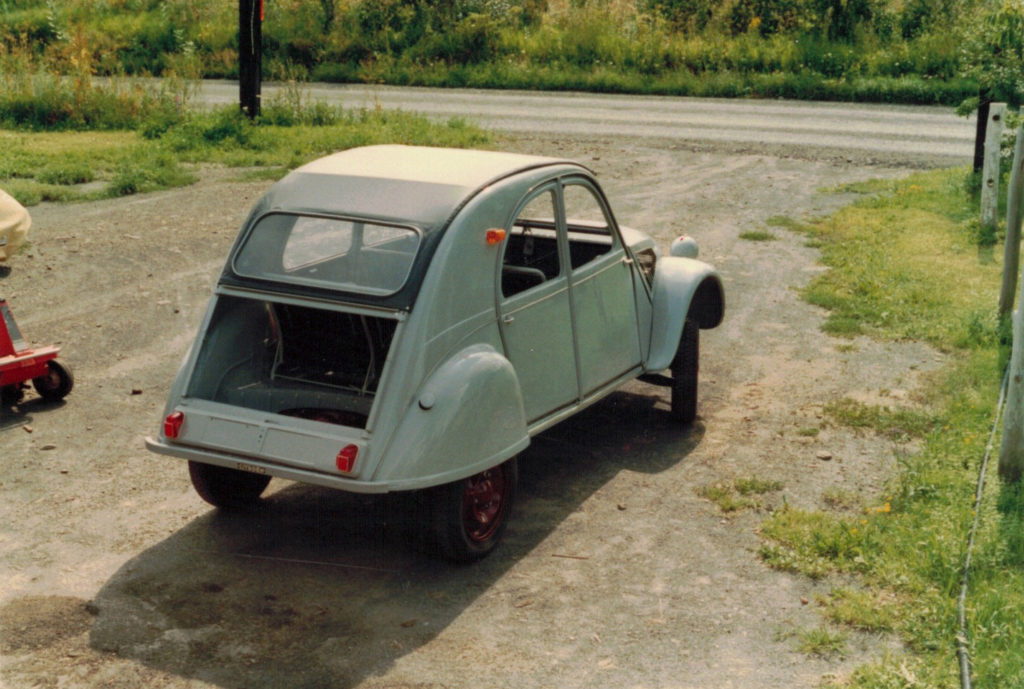

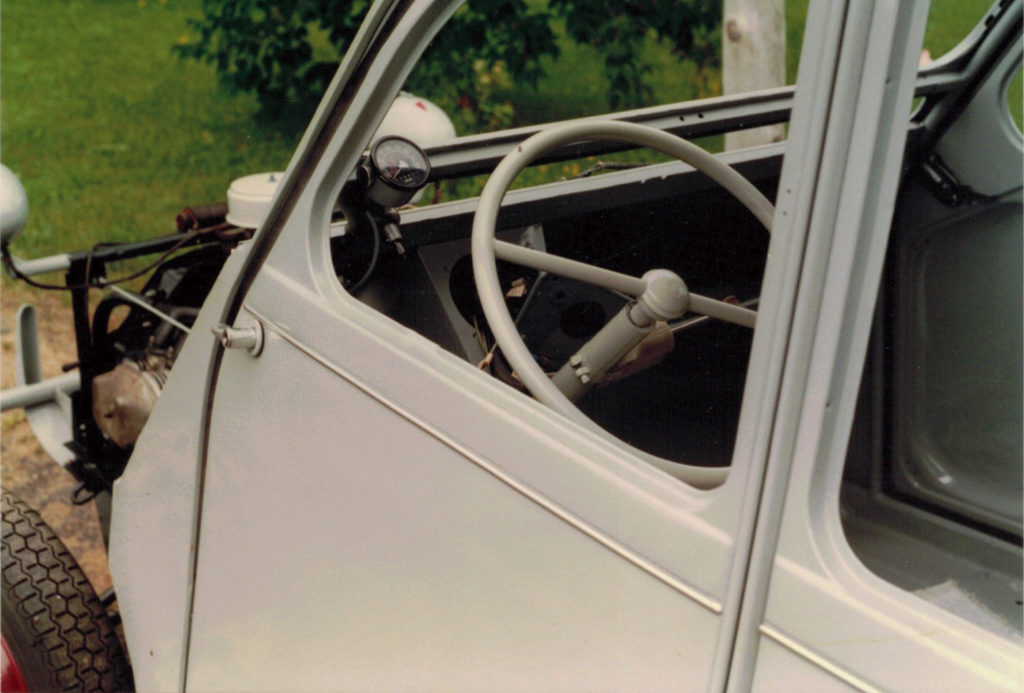
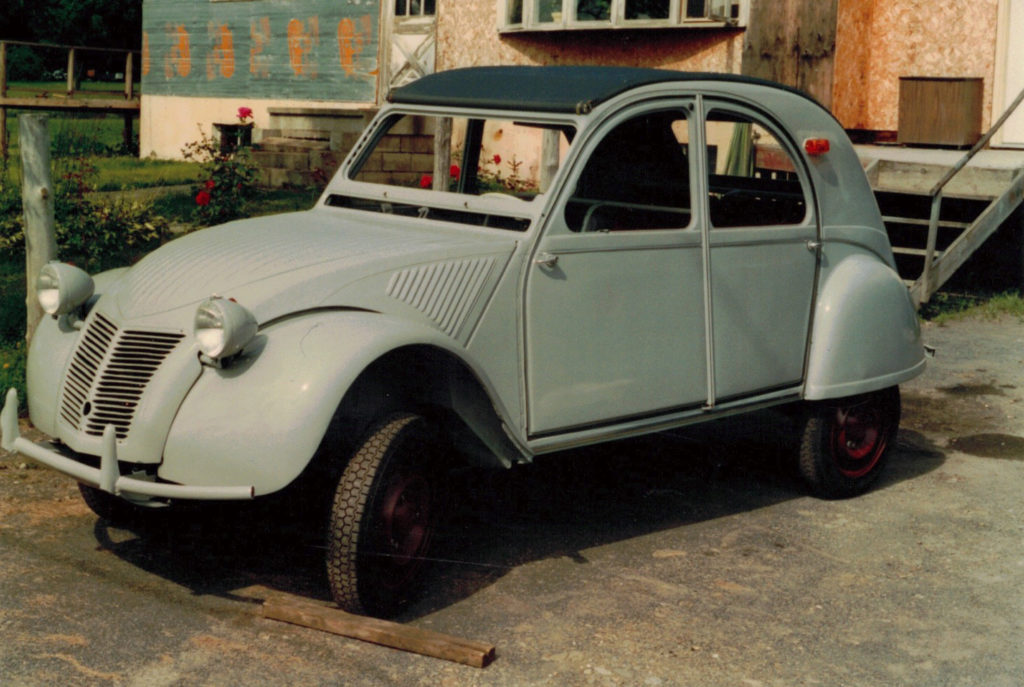
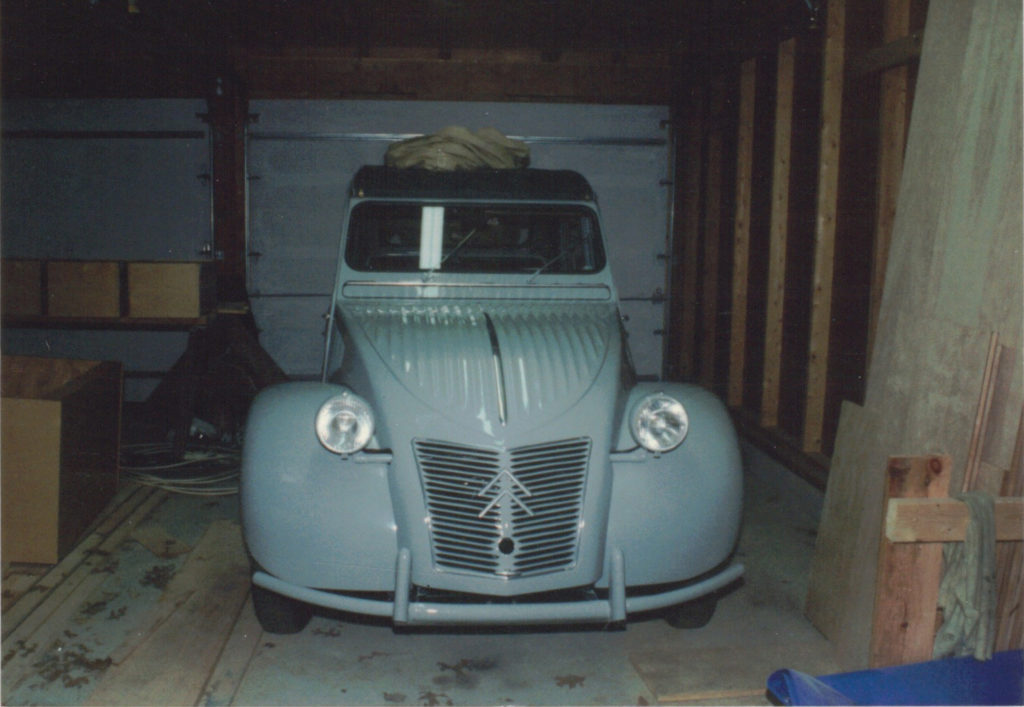
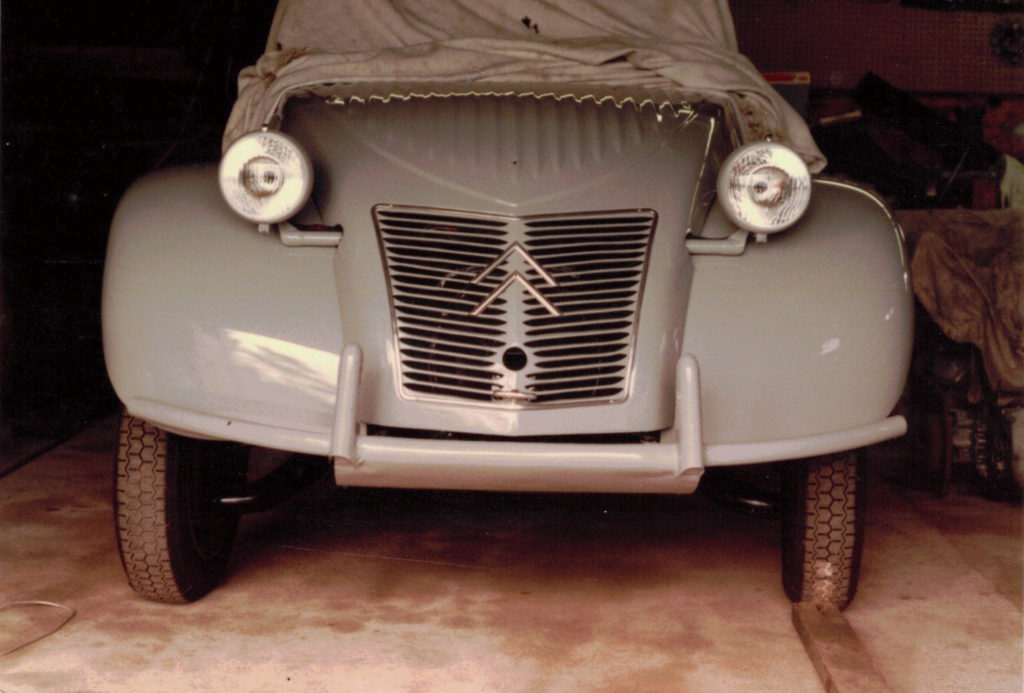
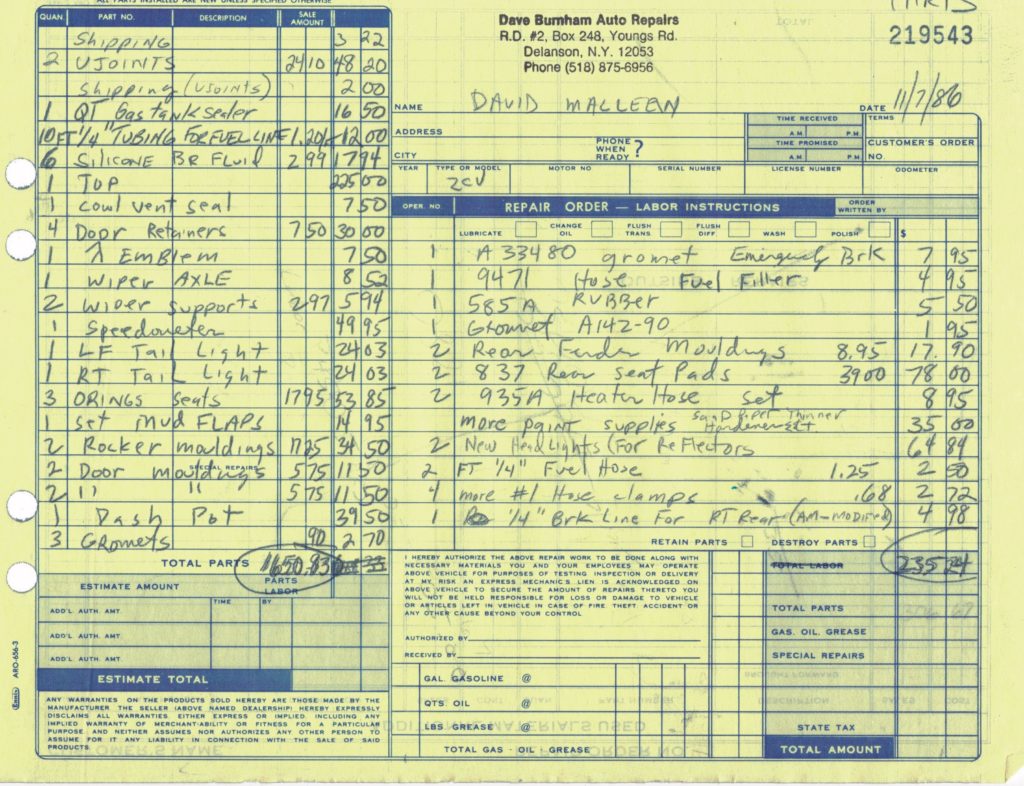
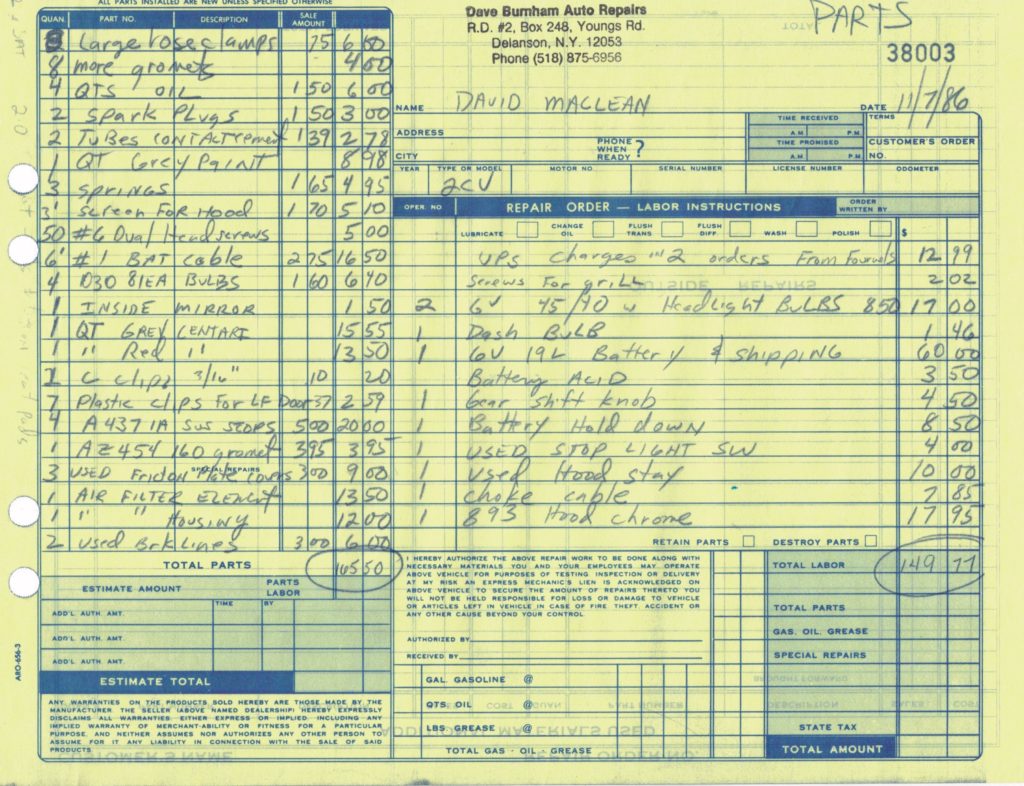
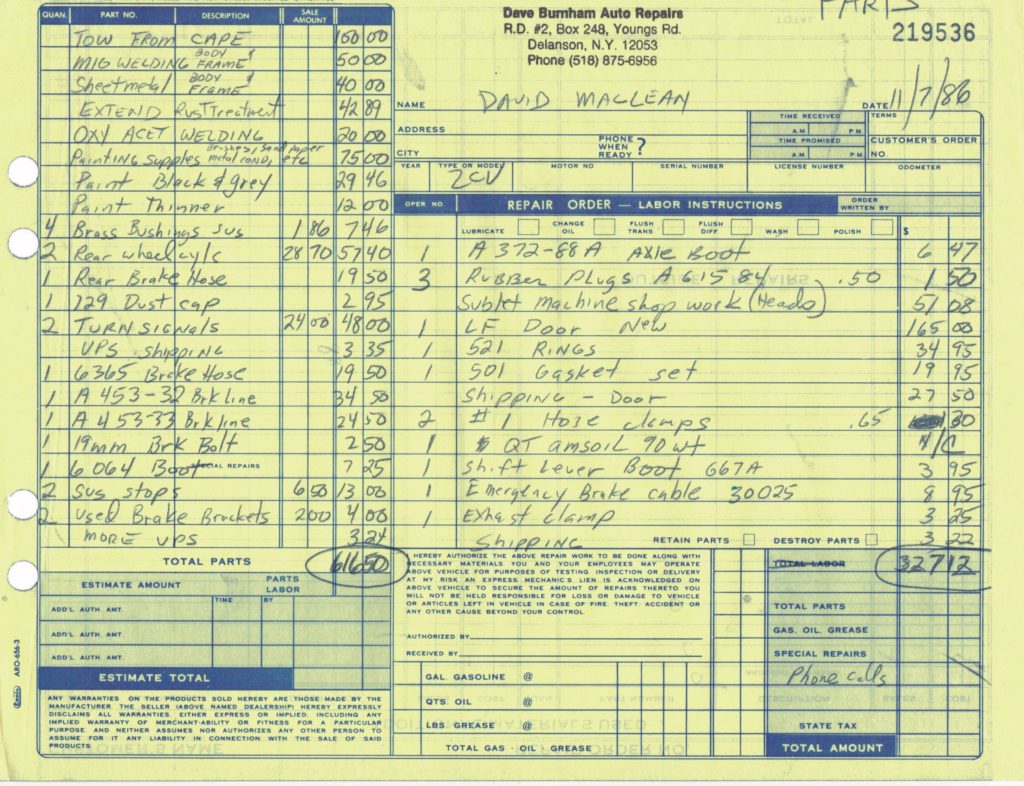
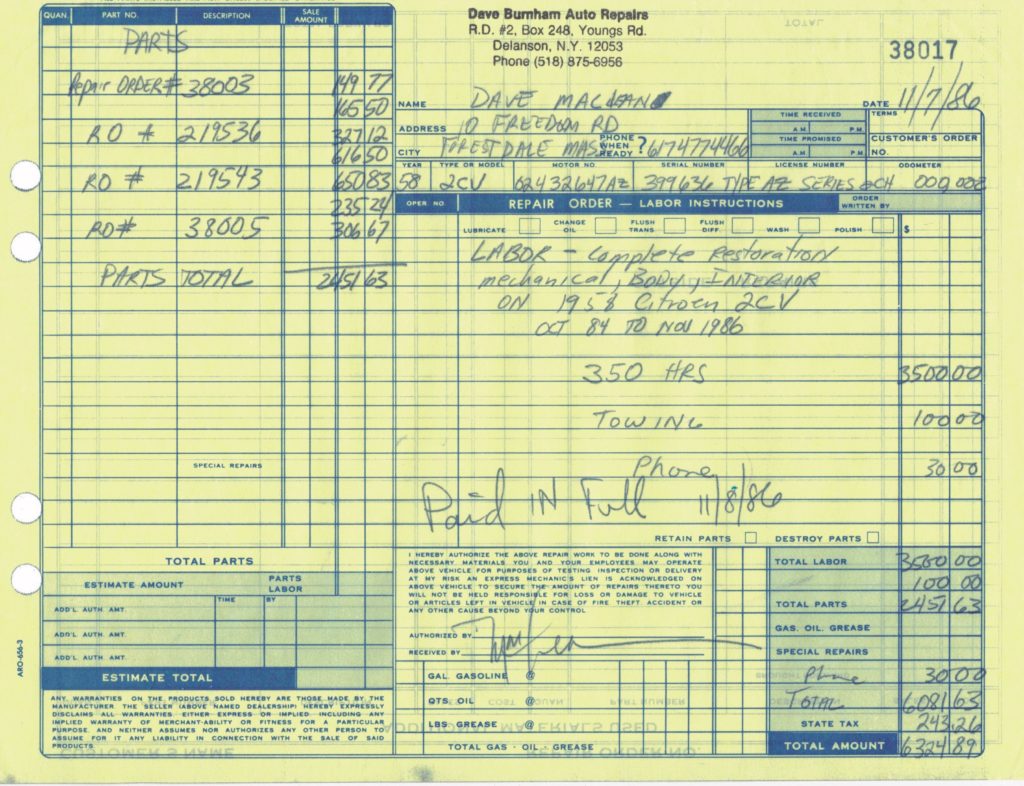
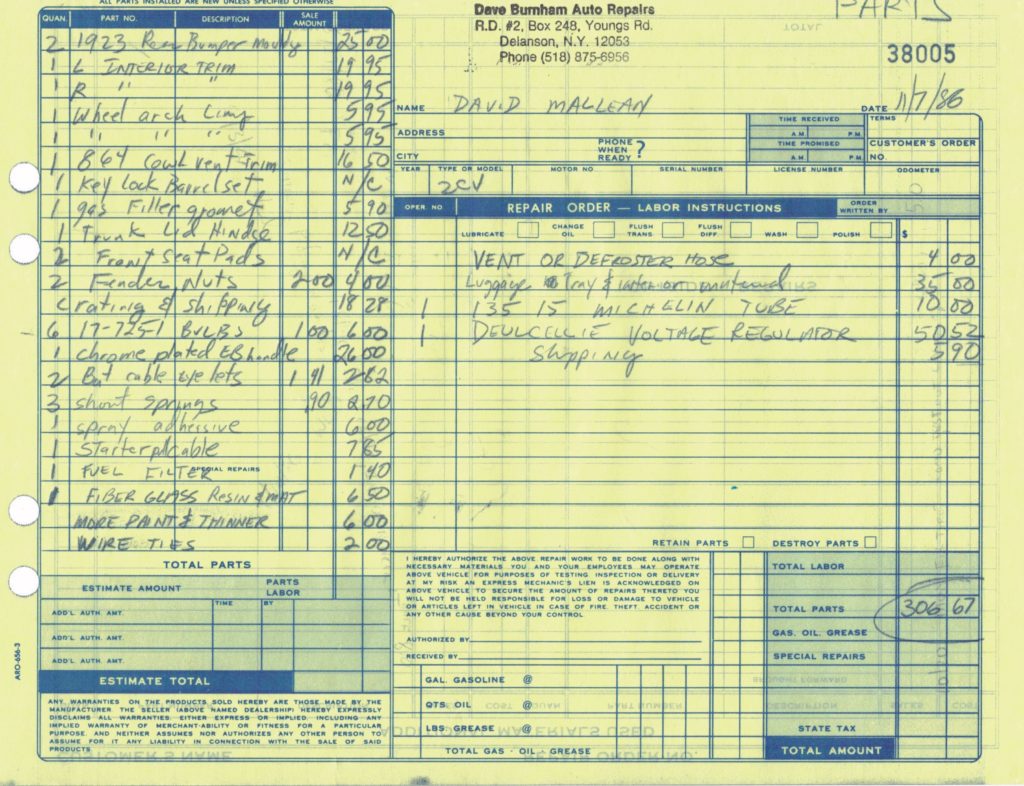

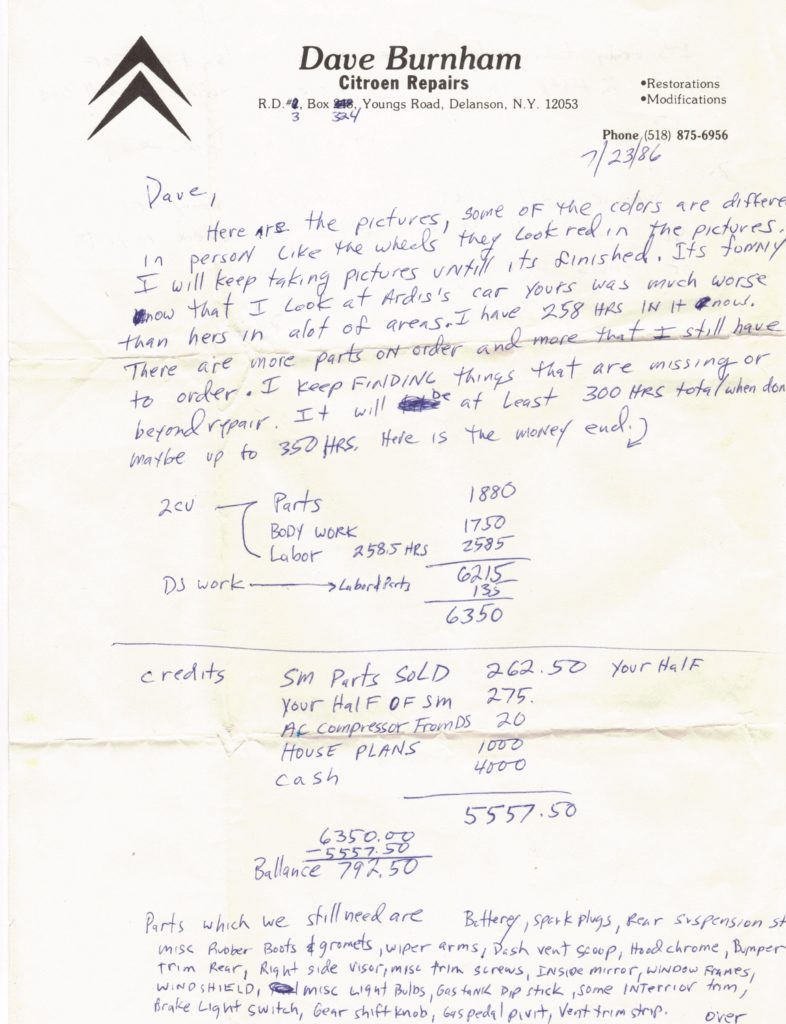
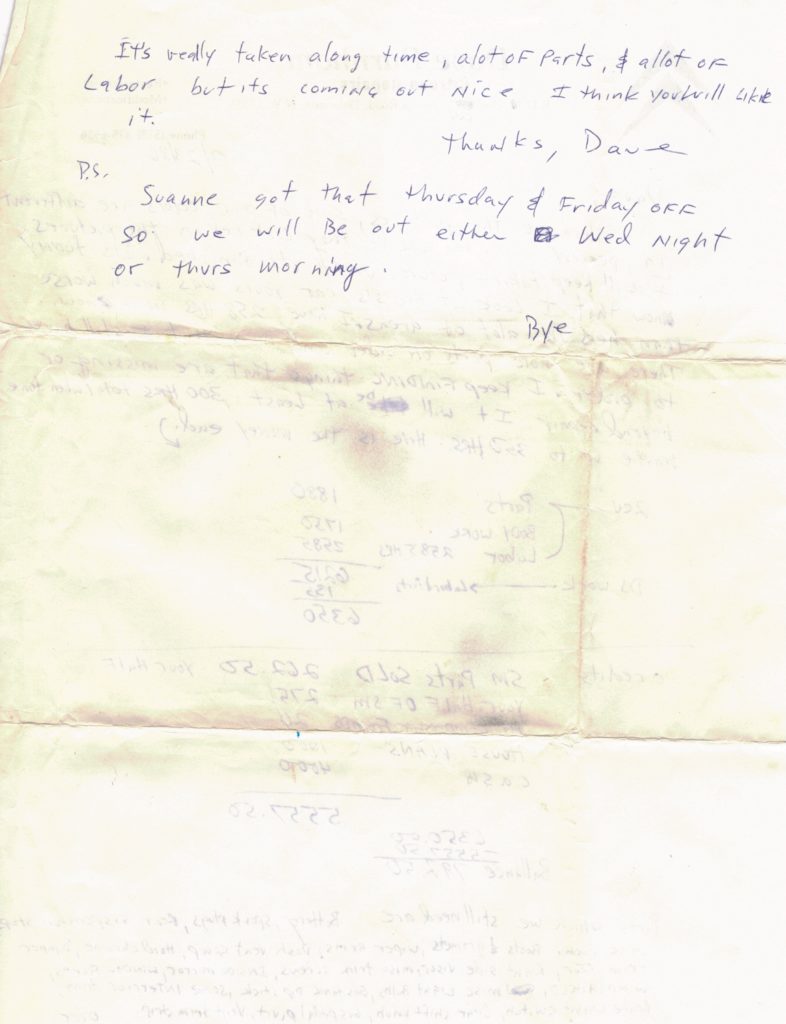
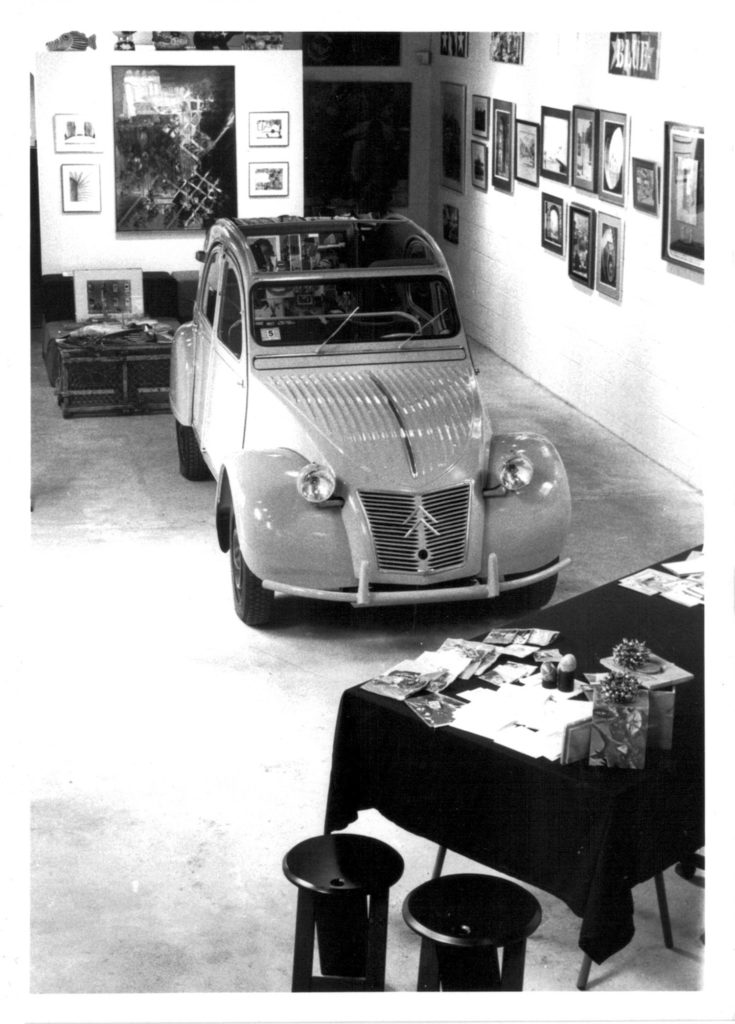

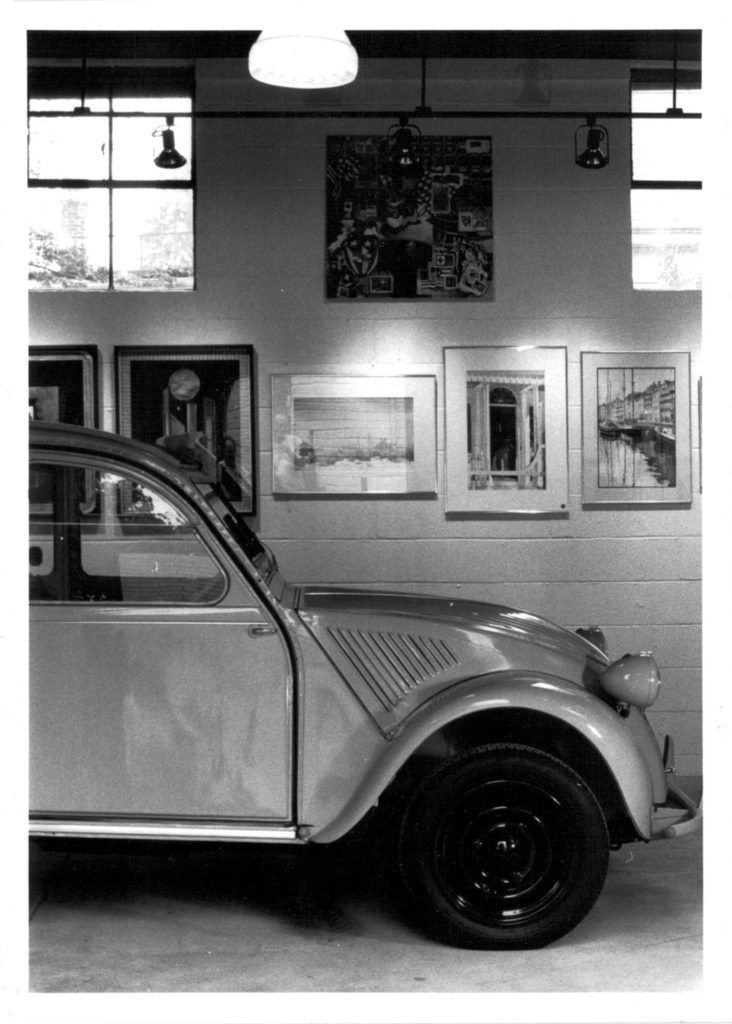

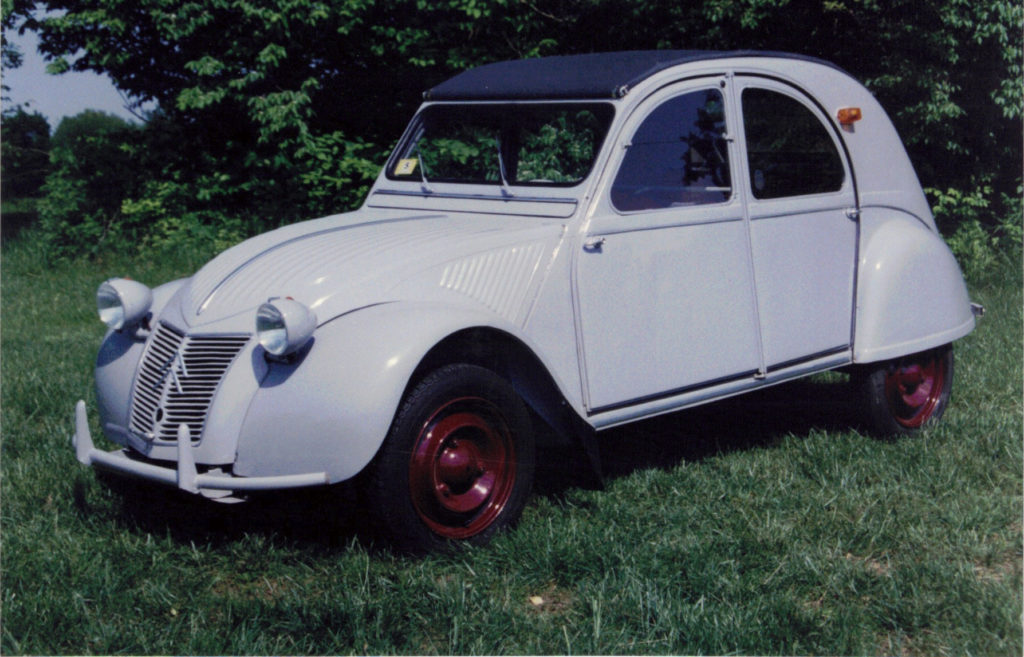

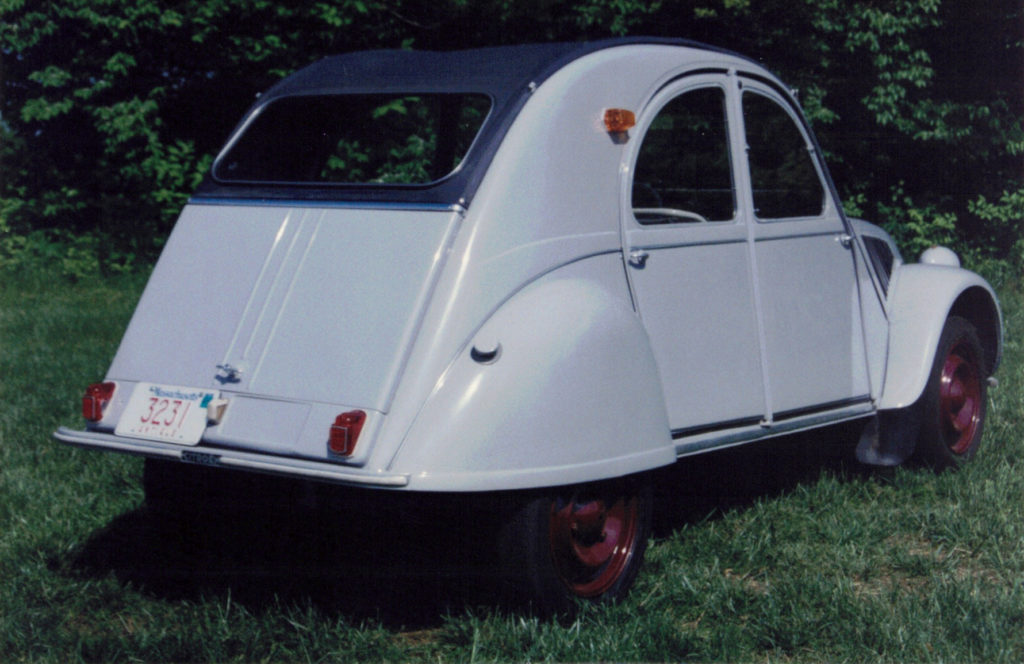
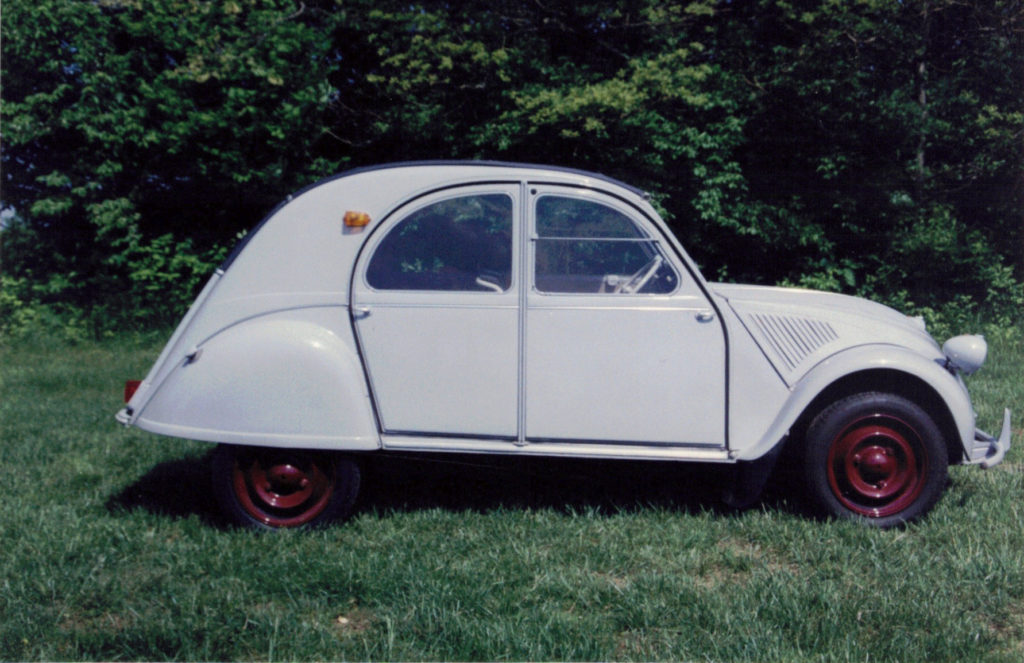
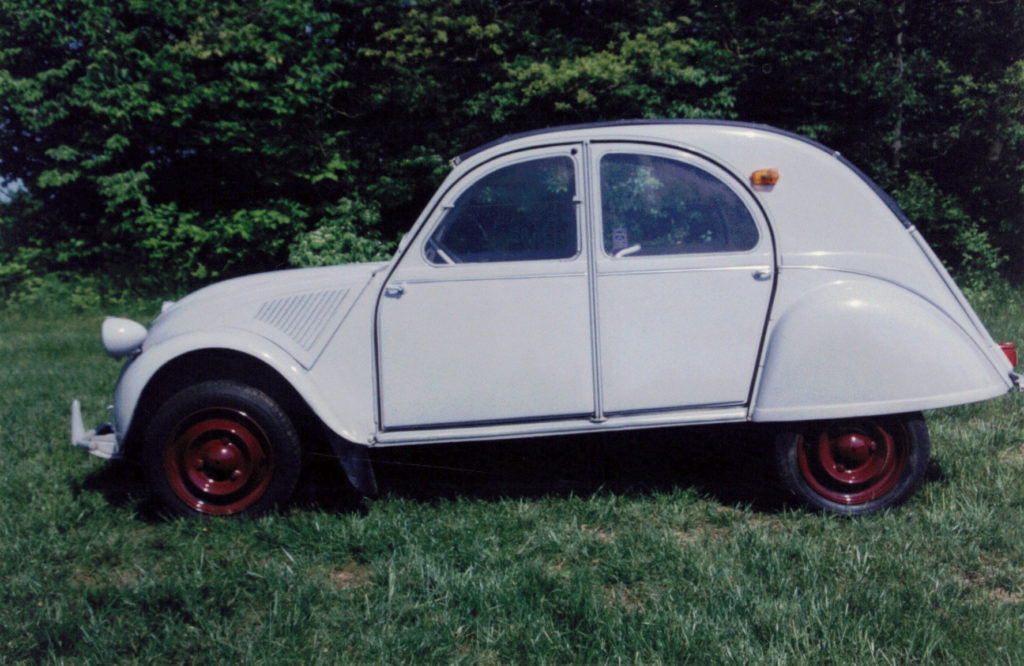

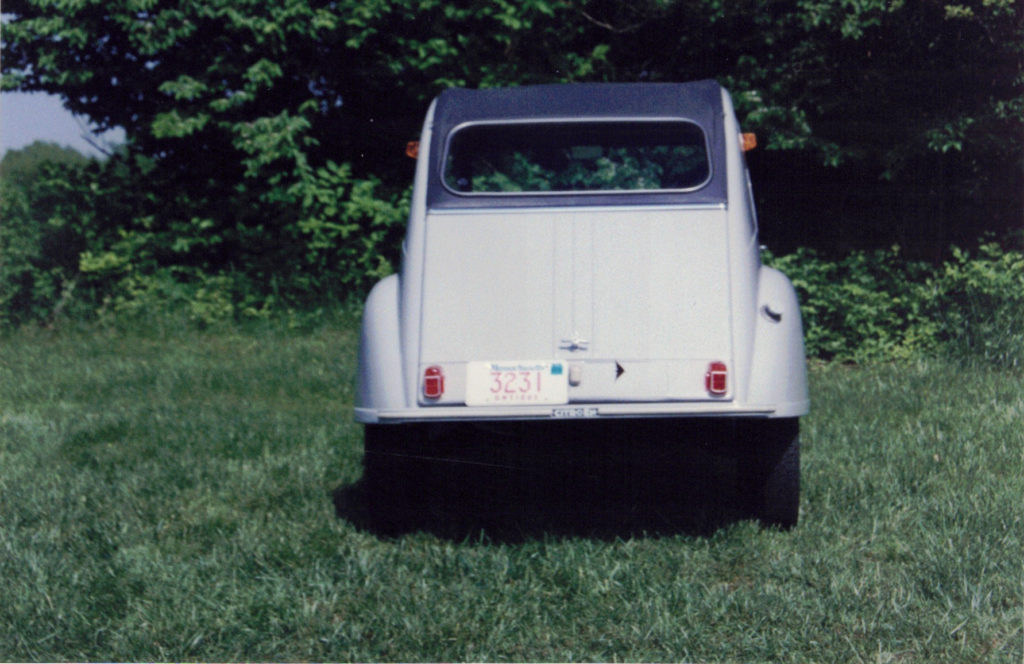
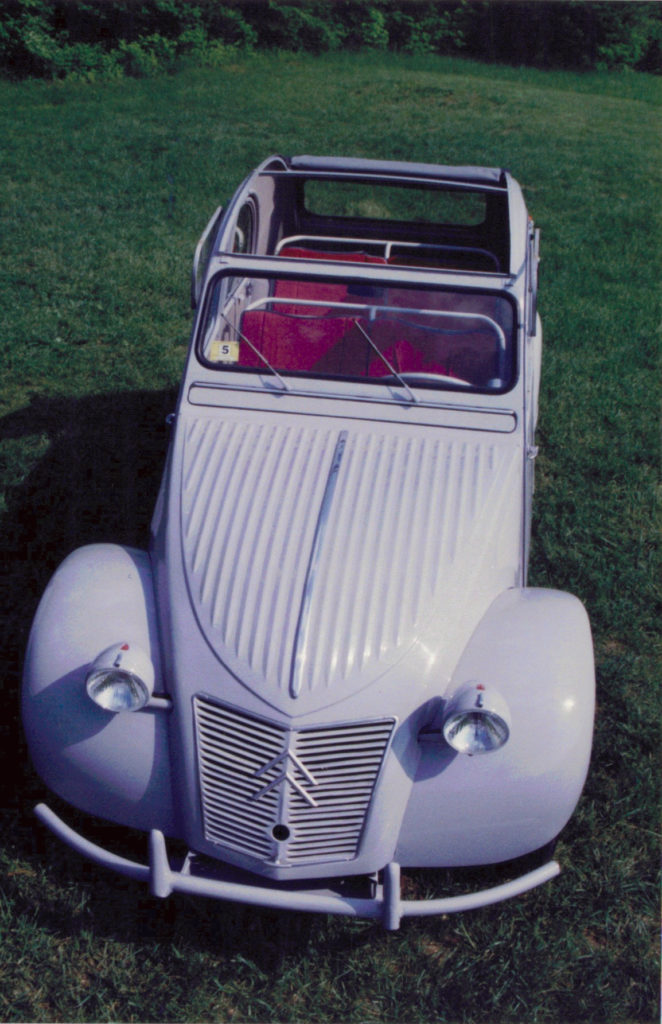
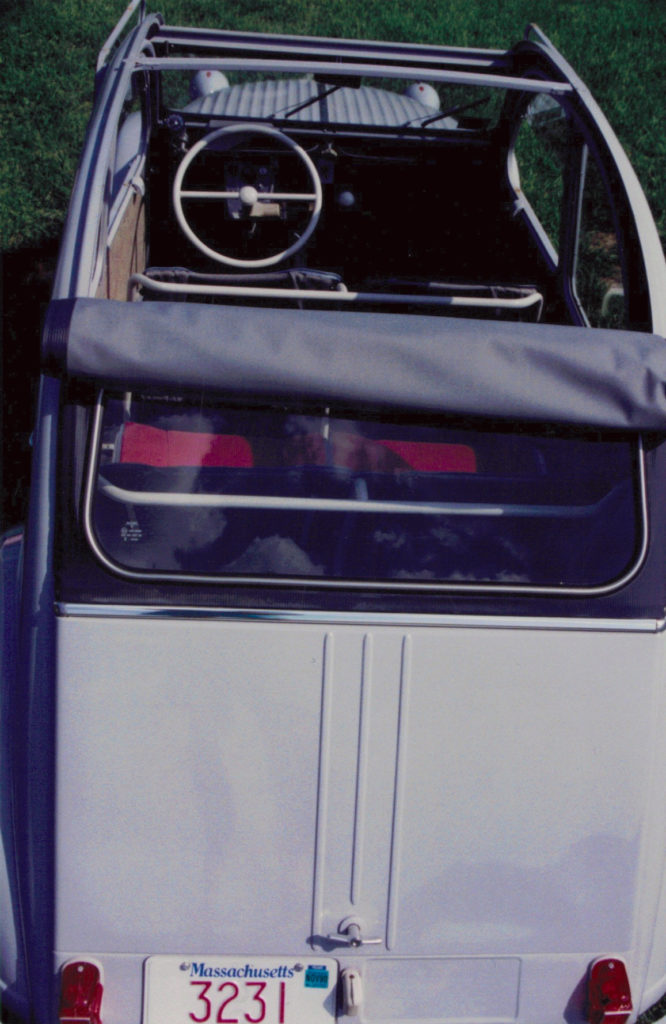
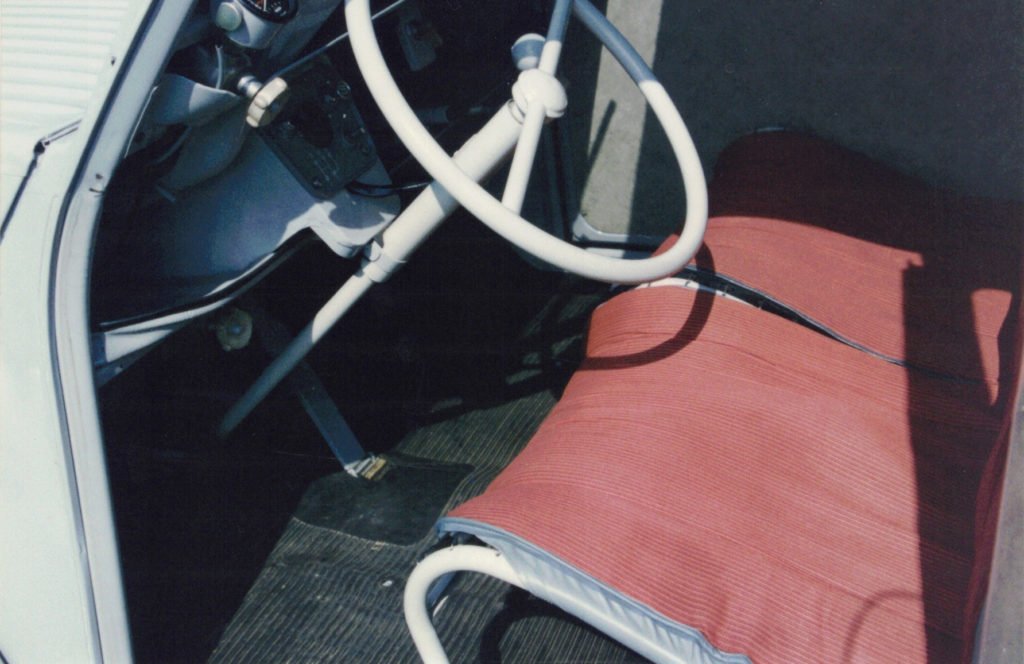

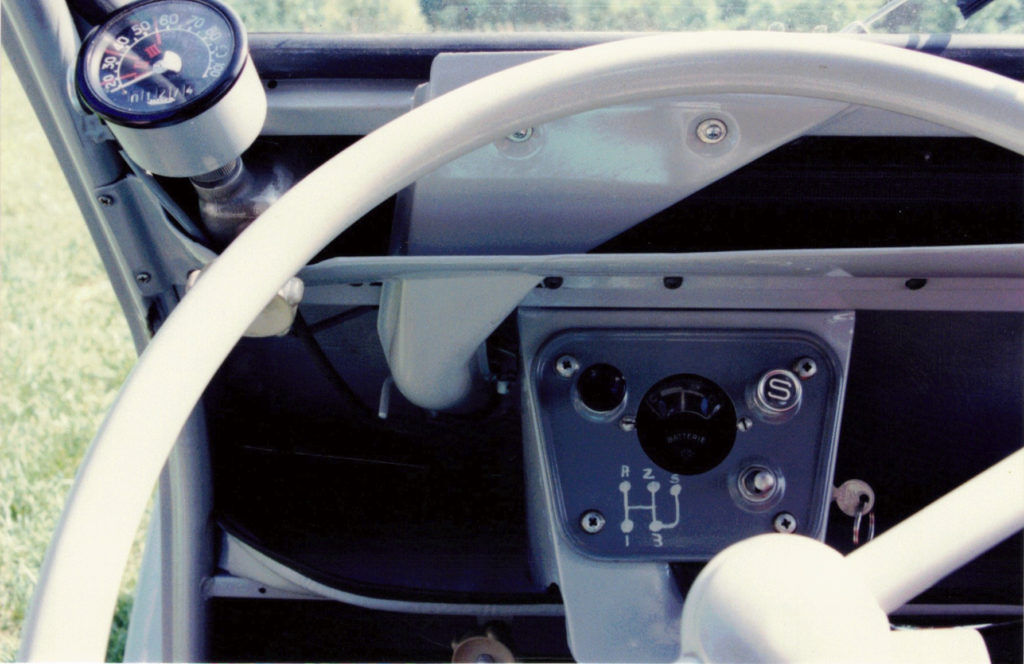


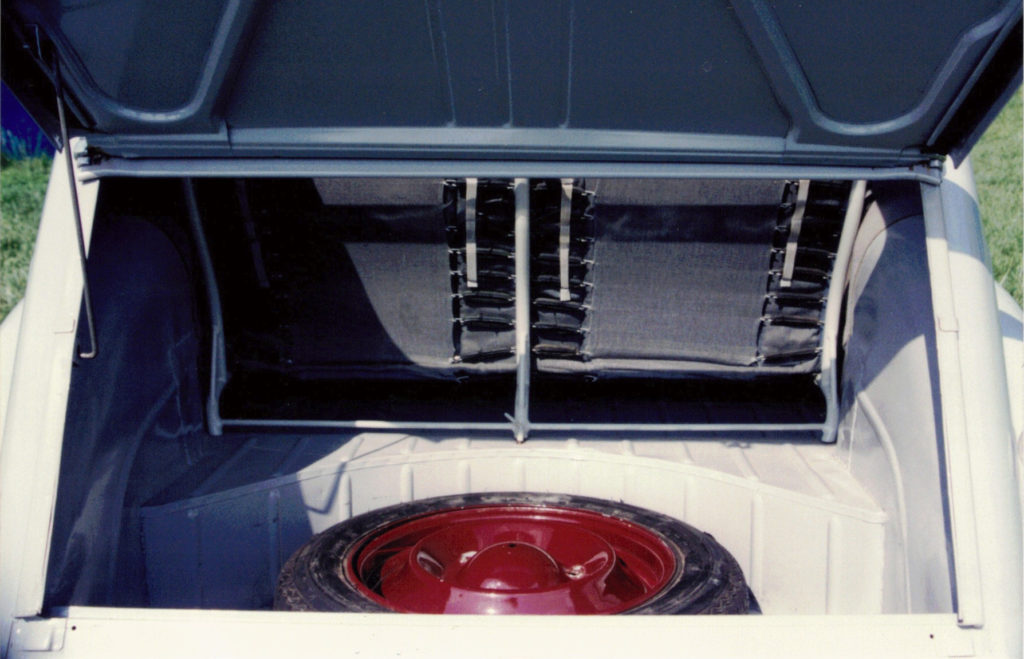

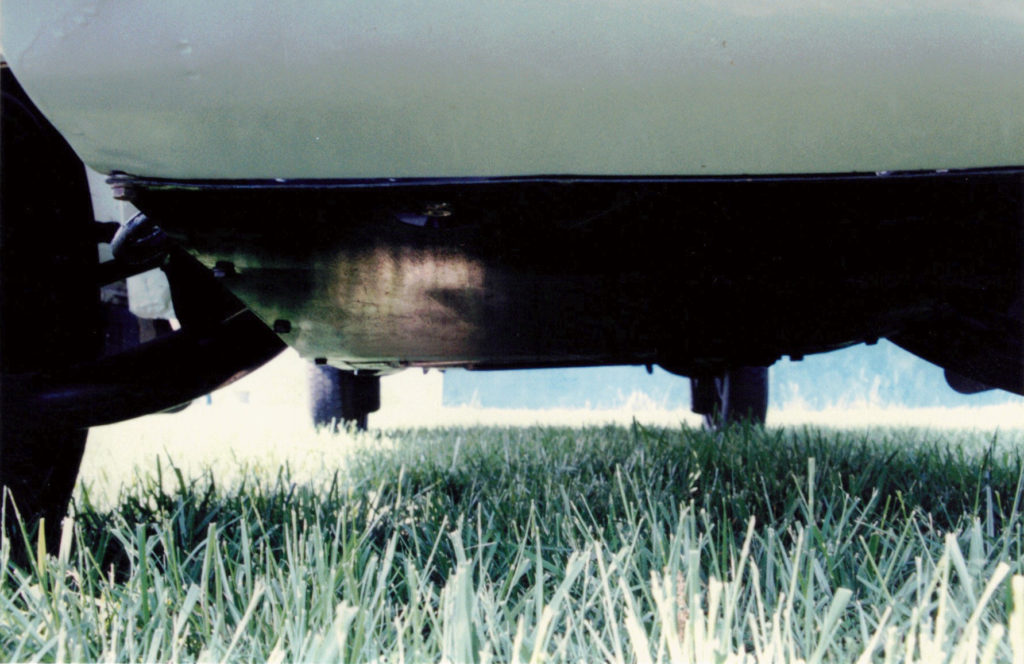

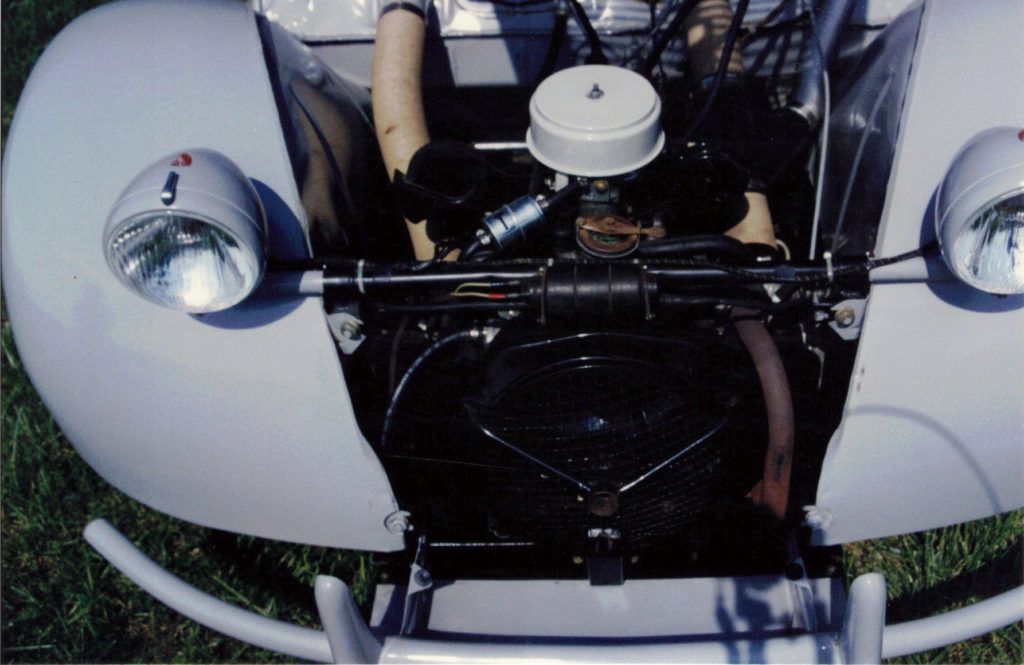
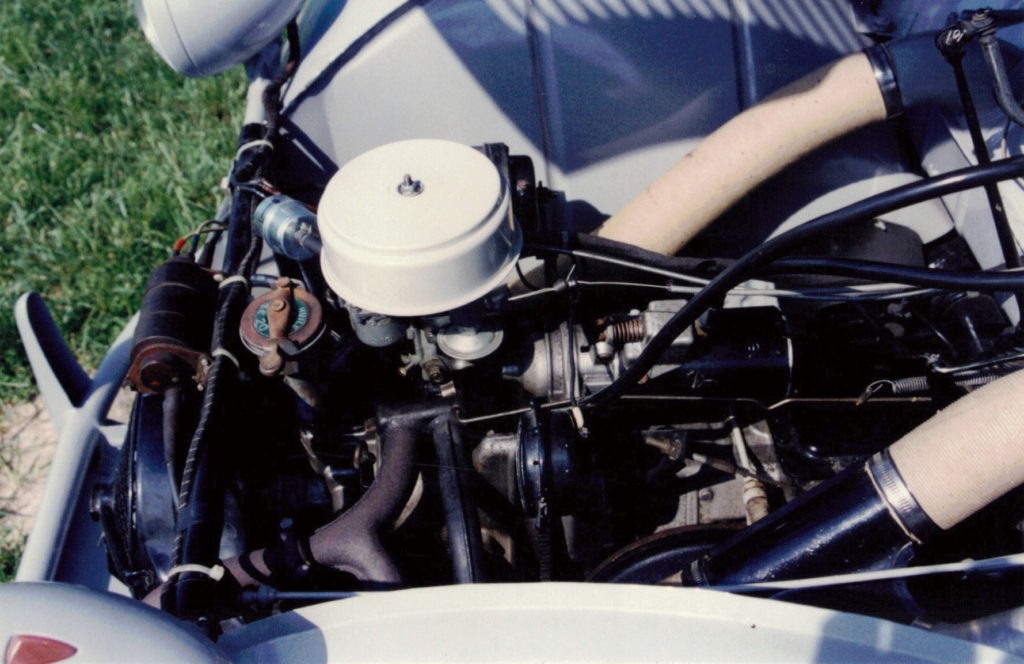
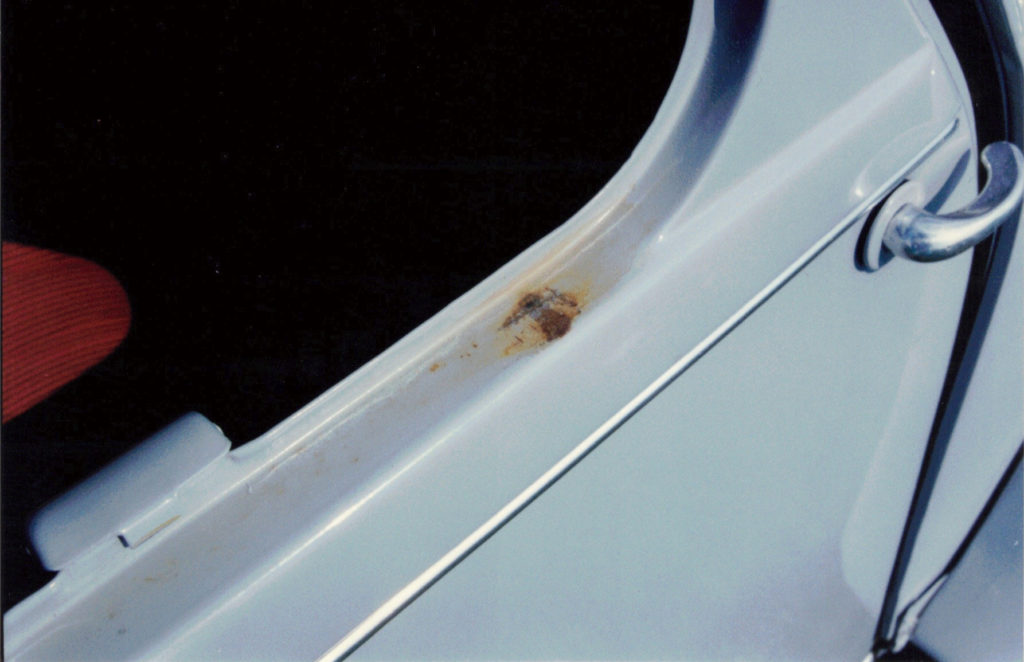
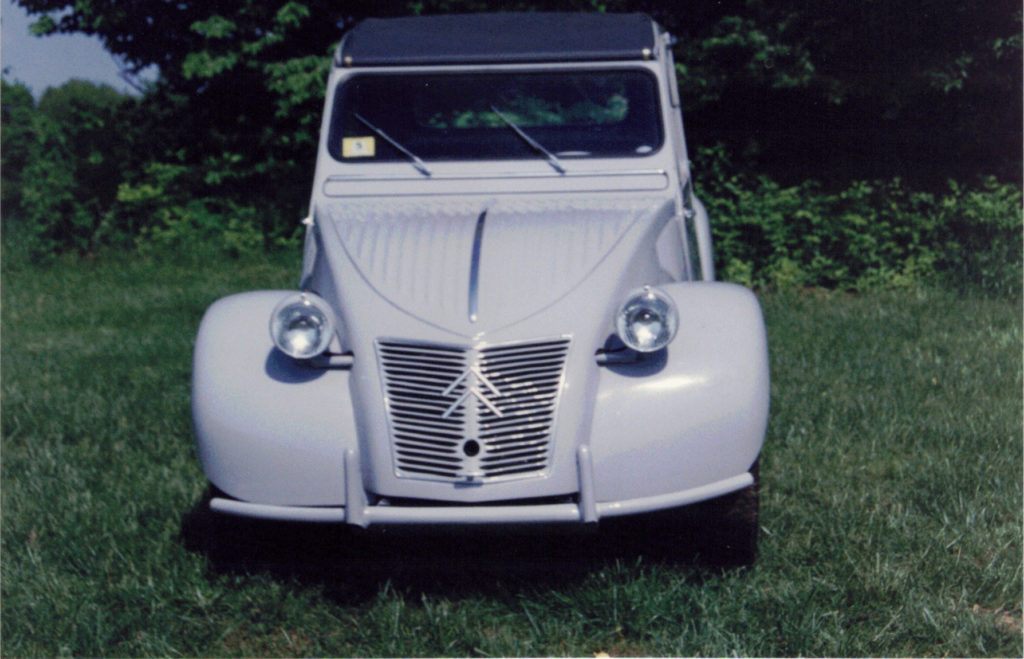
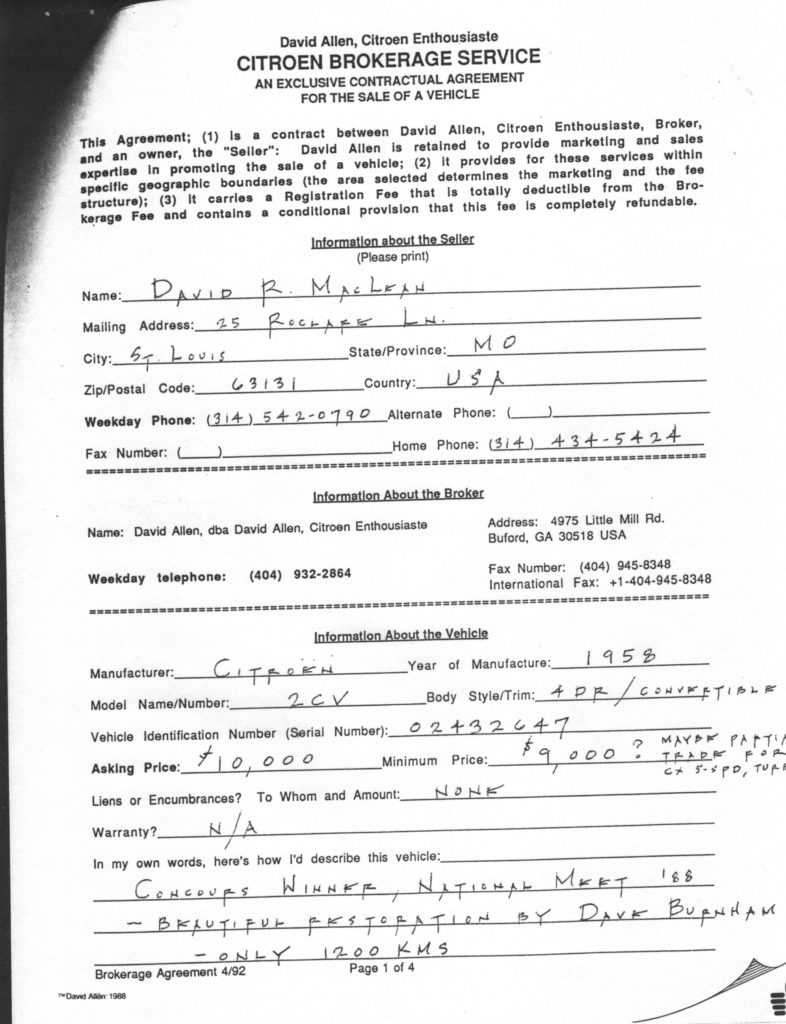
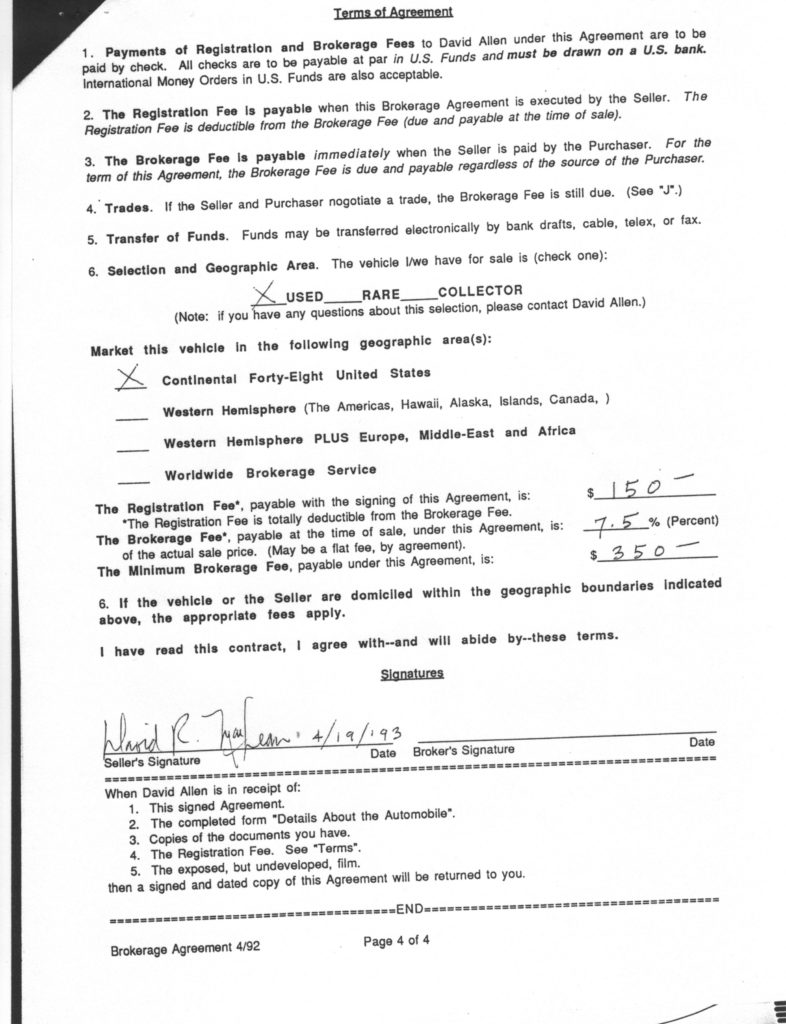
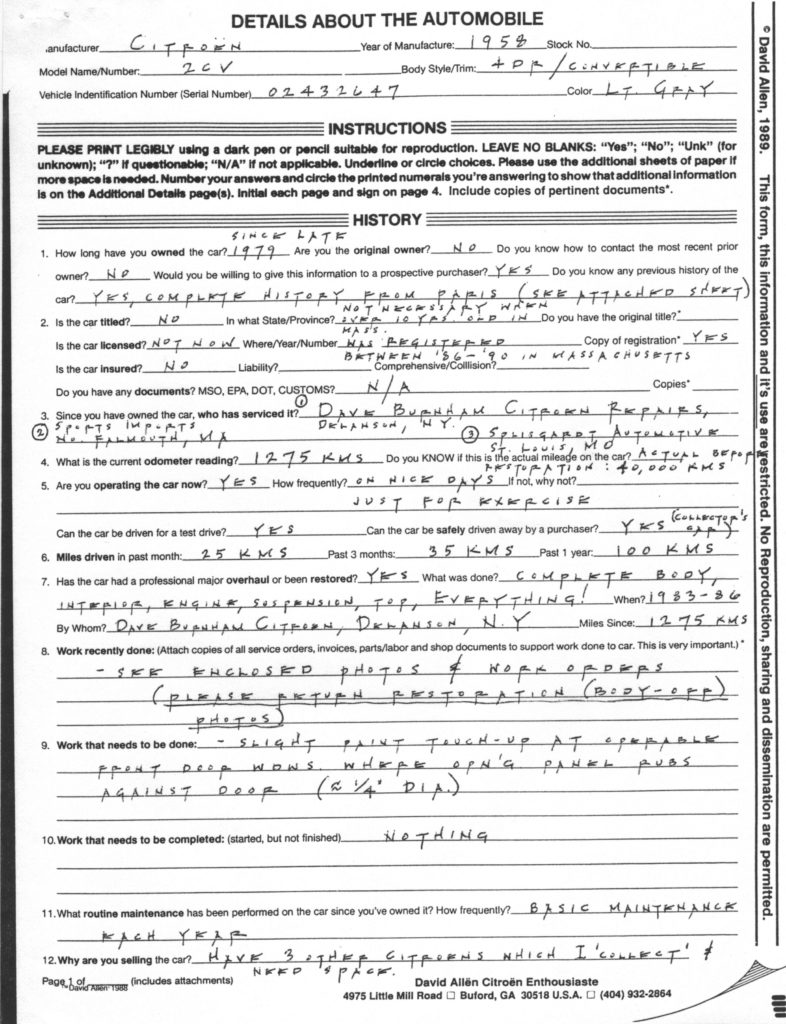

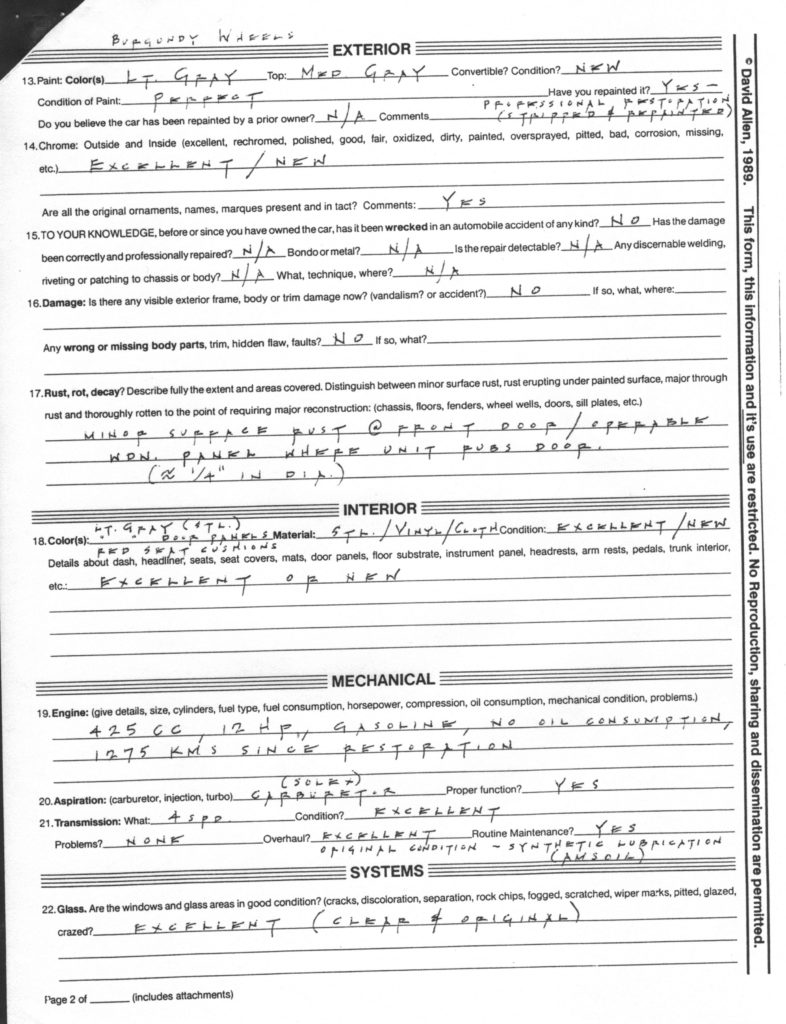
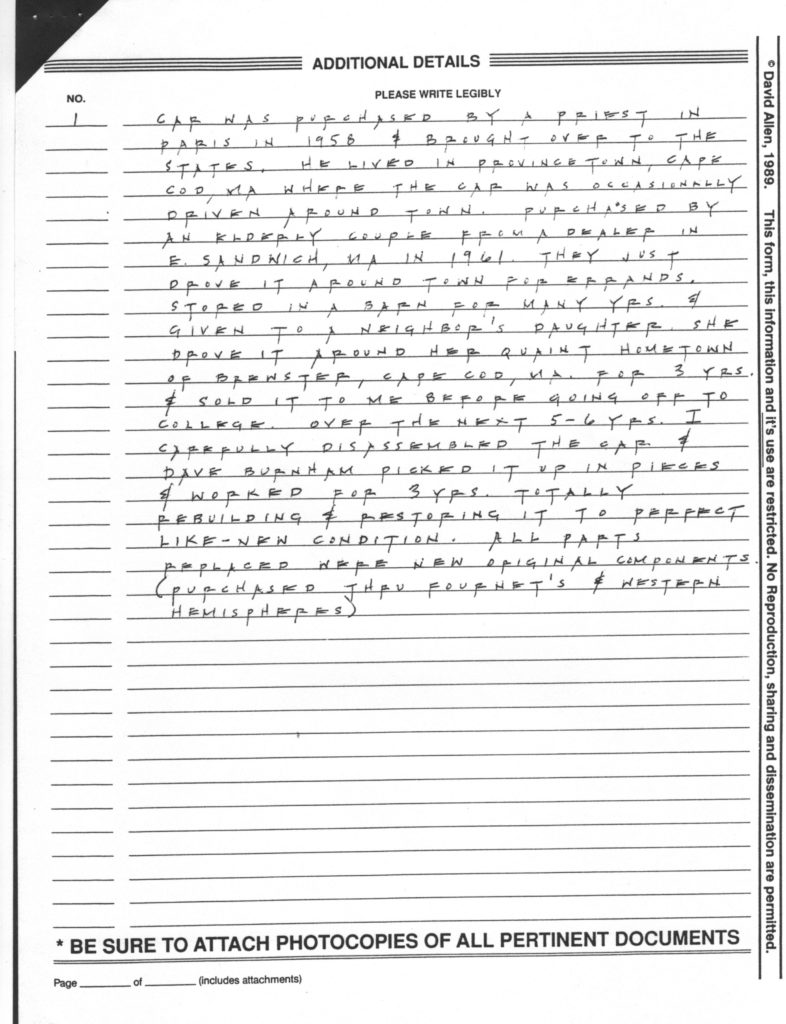
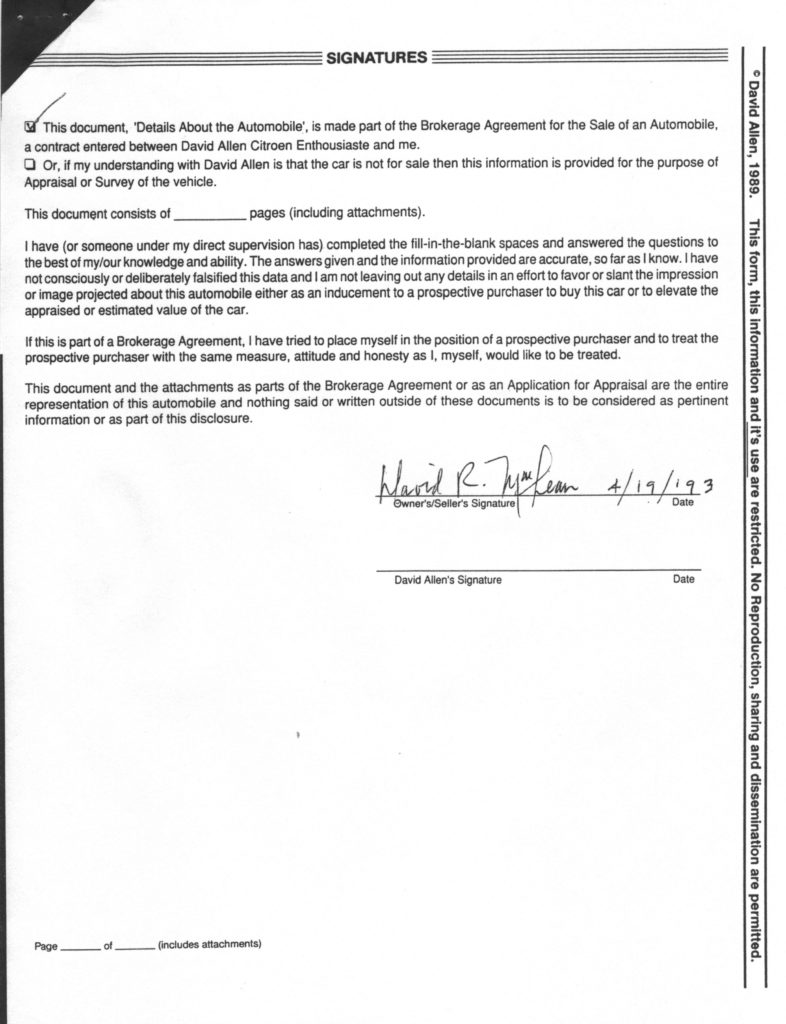
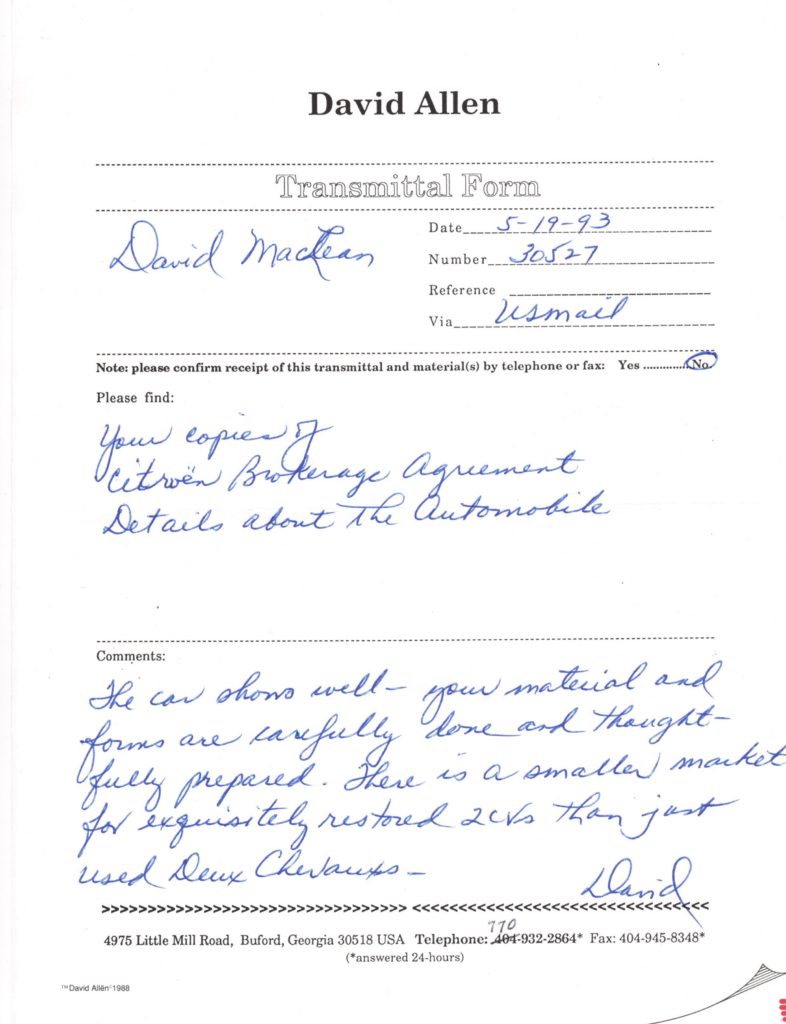
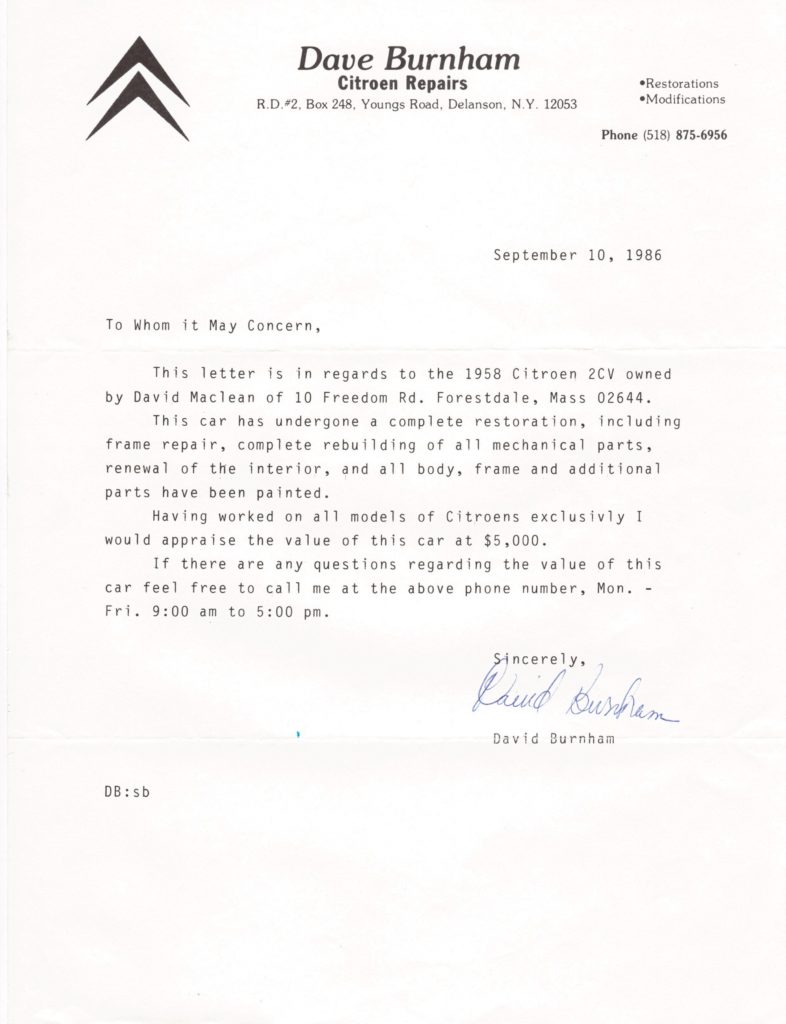
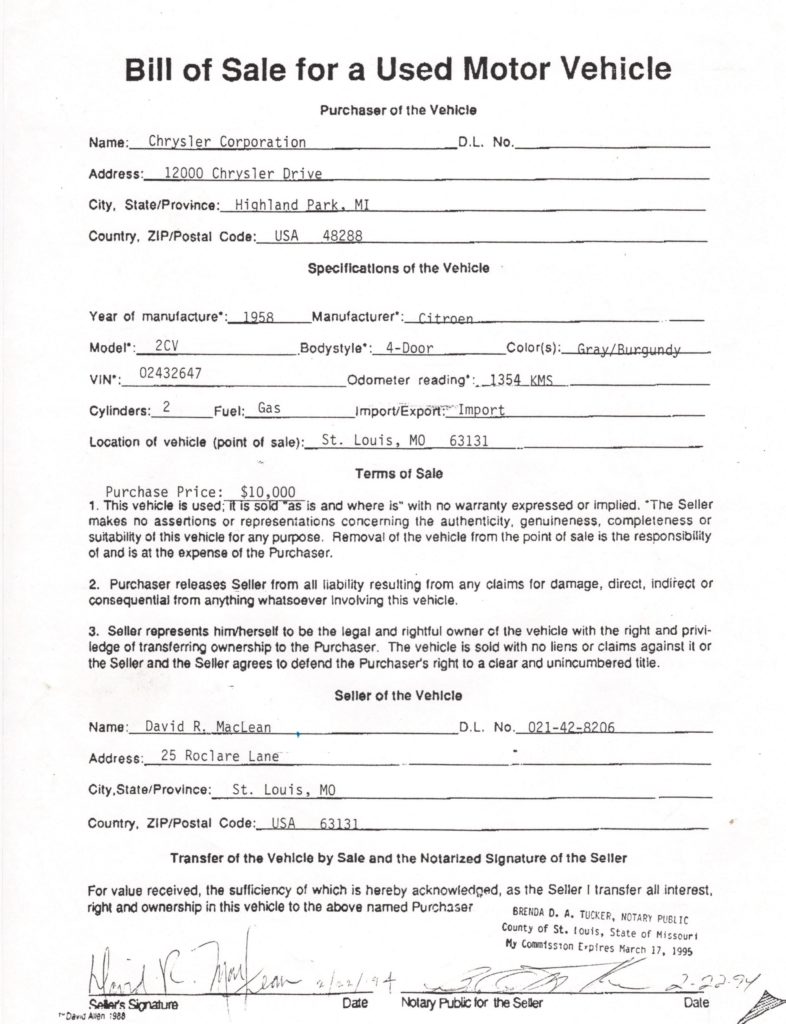
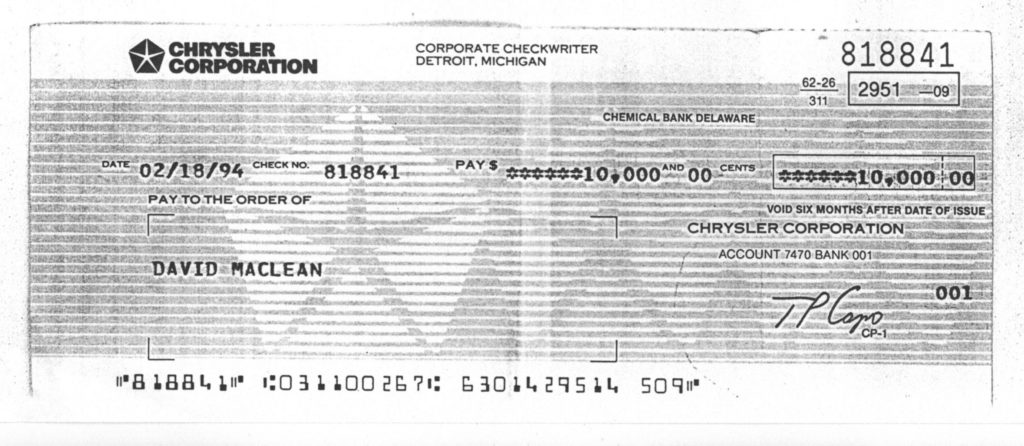

Got a copy of The China Car. Mr Castaing got the year wrong on my 2CV. He said it was a 57 not a 58. No one would know but me. Very interesting story.